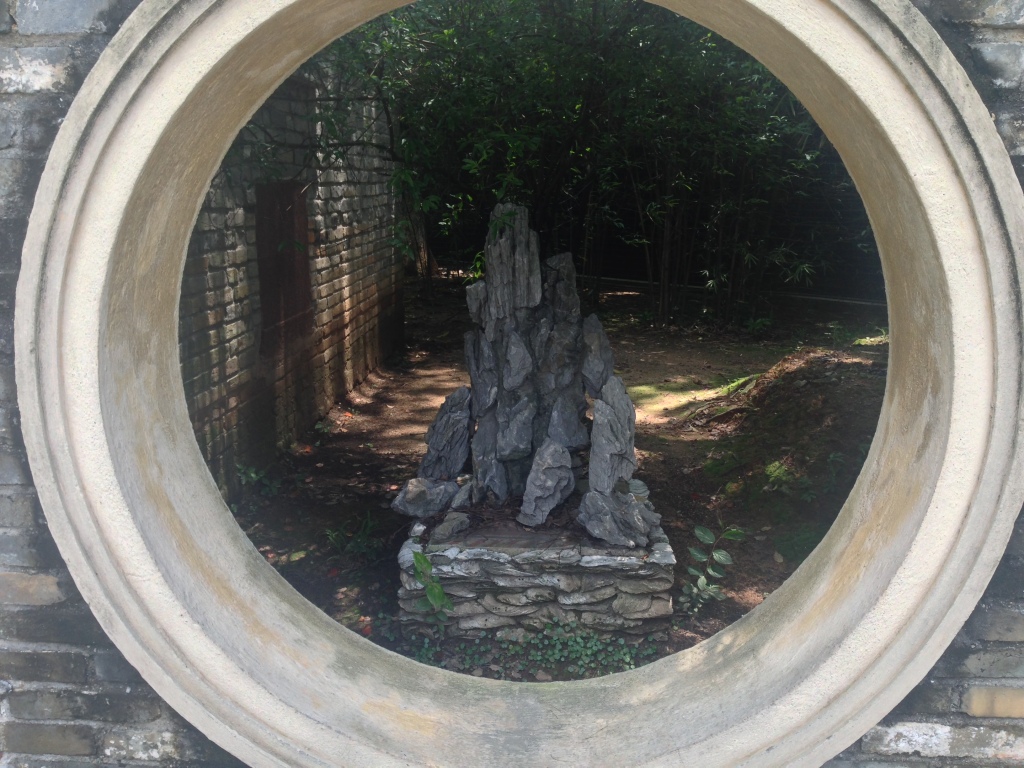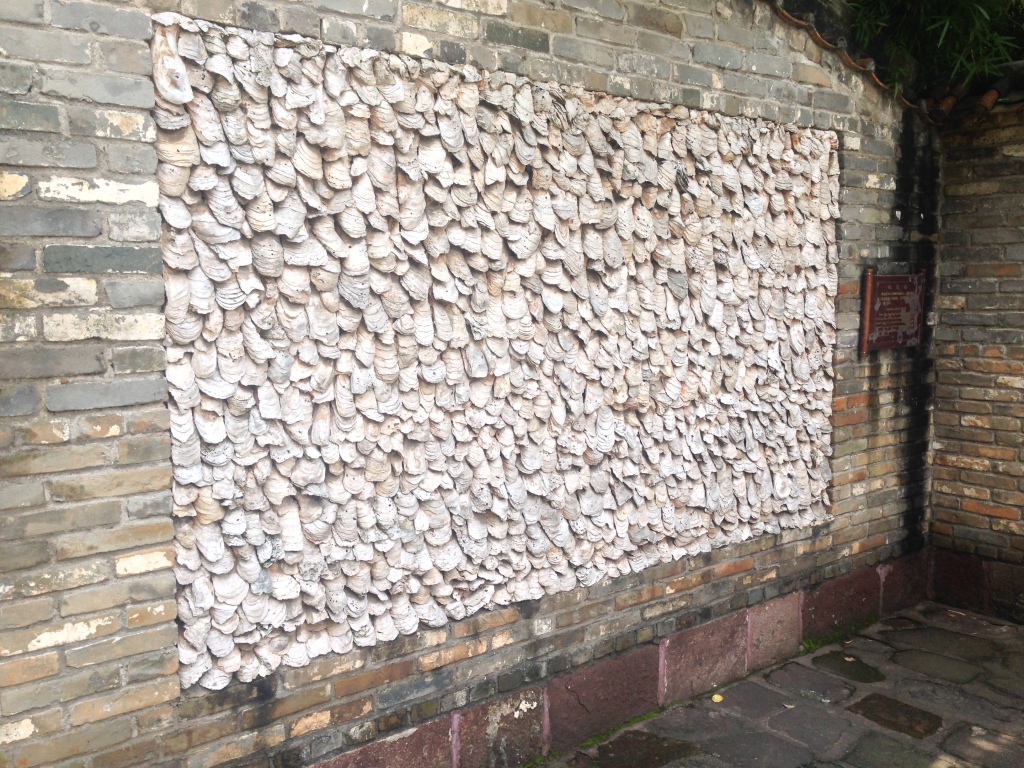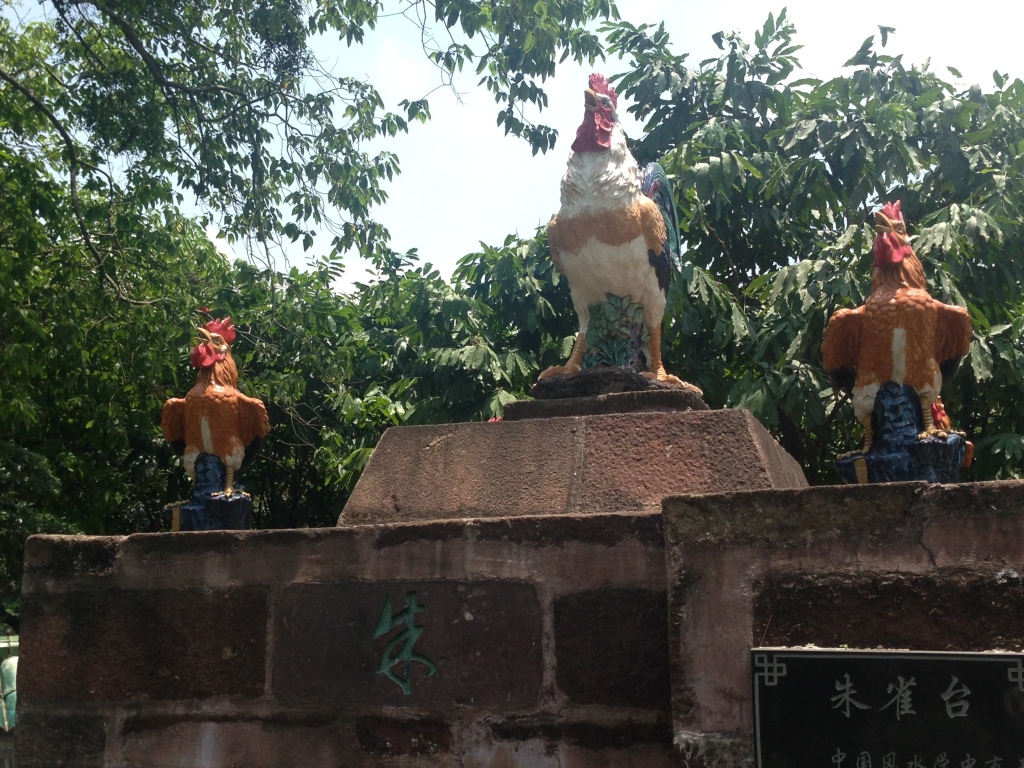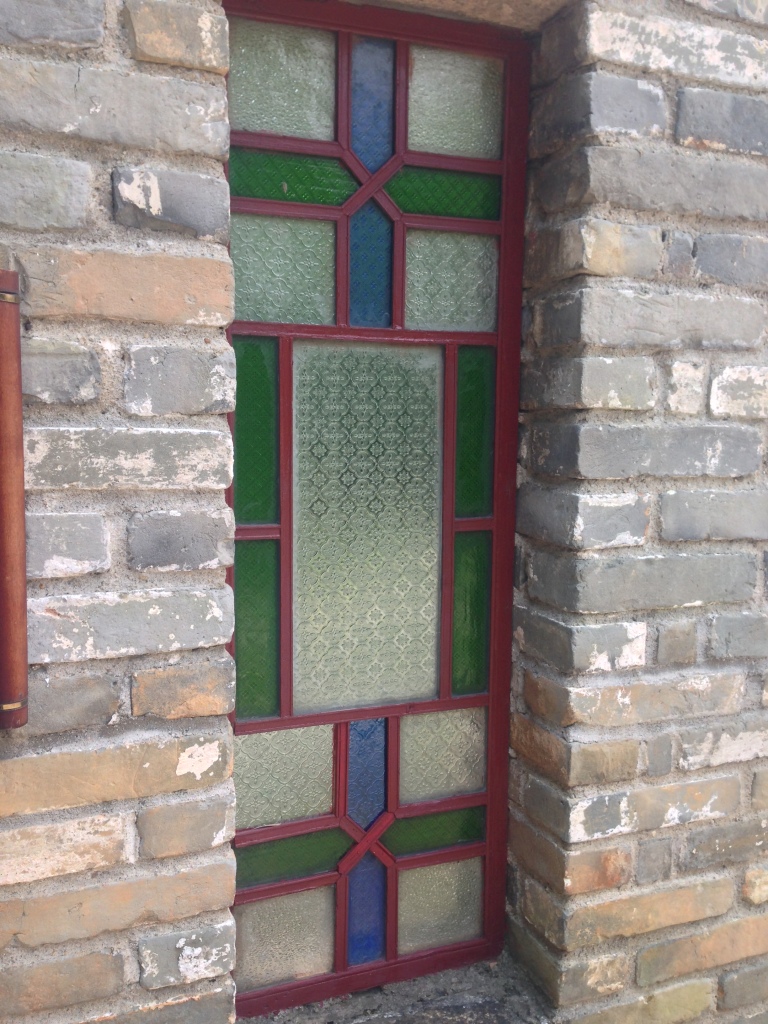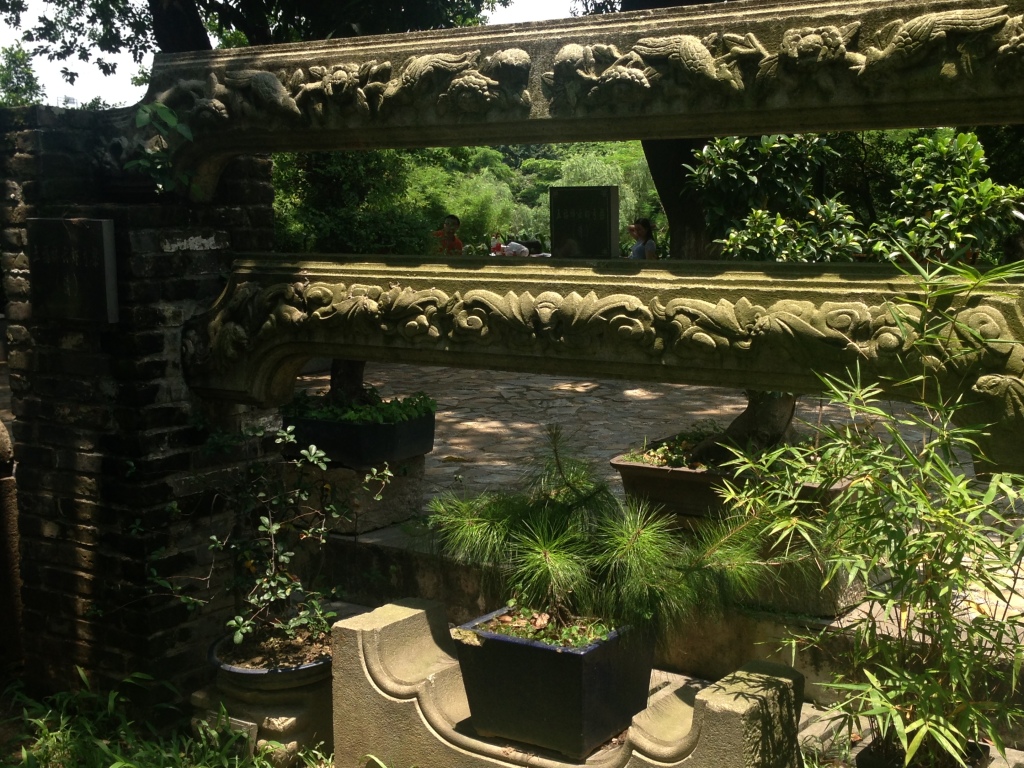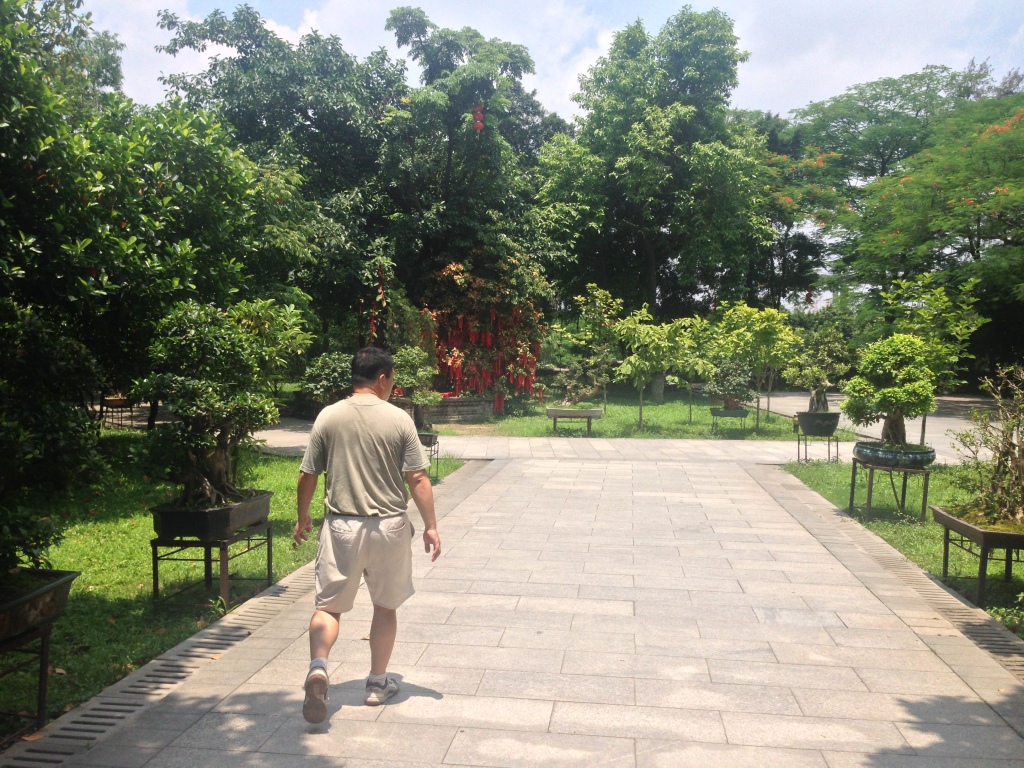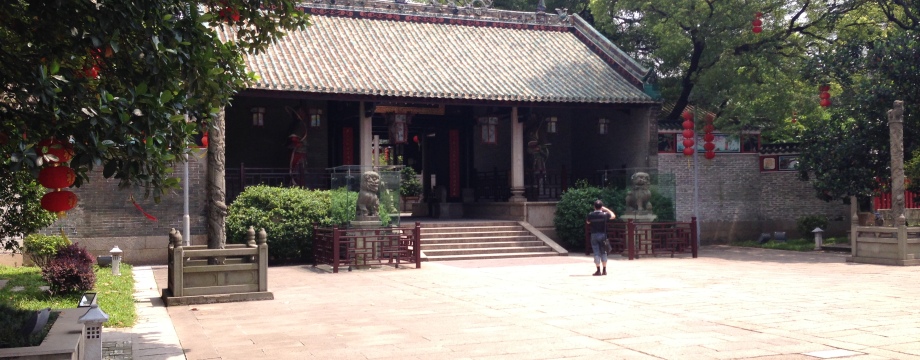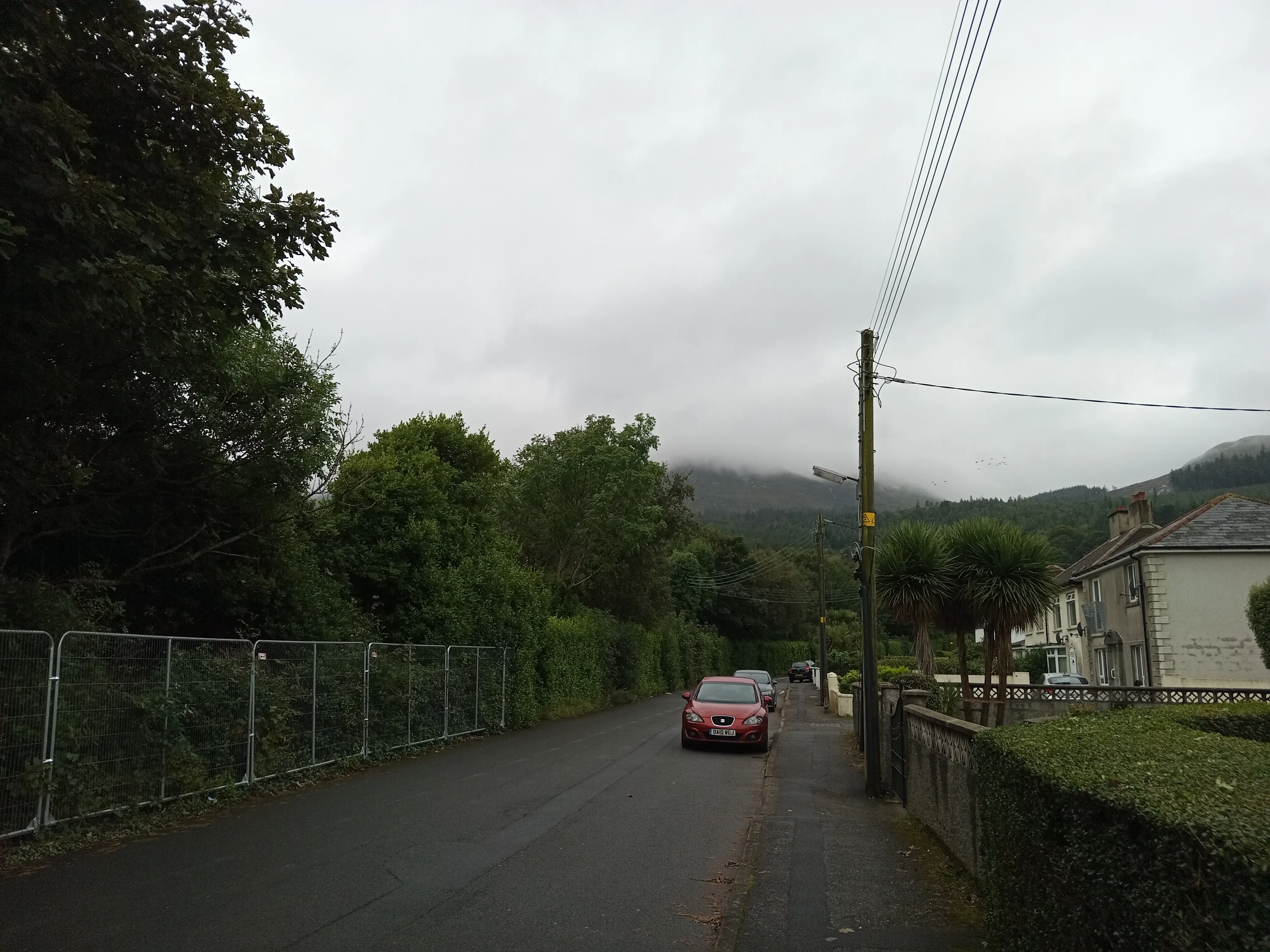During the Dragon Boat Festival this year, my girlfriend and I decided to visit her father in Guangzhou. Her father buys and sells fish in China, and Guangzhou is the place to buy fish in China. Naturally he took us to visit the NanHai God temple.
The NanHai, or South Sea, God Temple (南海神庙 or Nánhǎi shén miào) located in Guangzhou is a non-Buddhist temple dedicated to the god of the South China Sea. Many fishermen and boatmen would make prayers and sacrifices here in the hopes that they would gain the Sea God’s blessing.
Gates
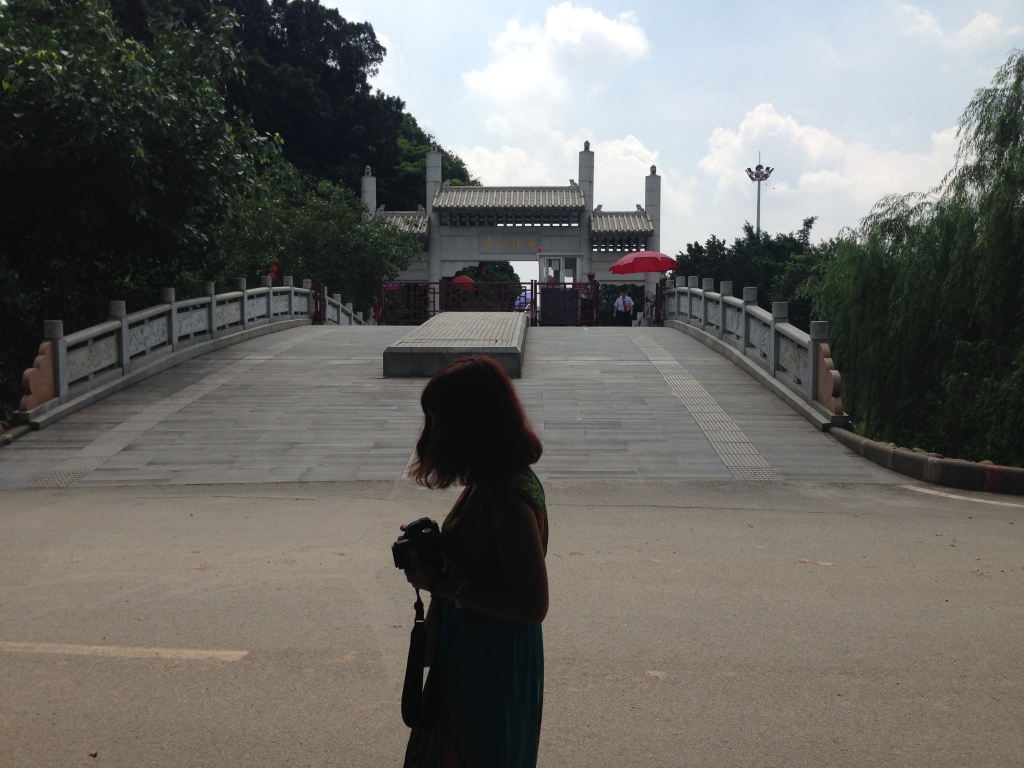
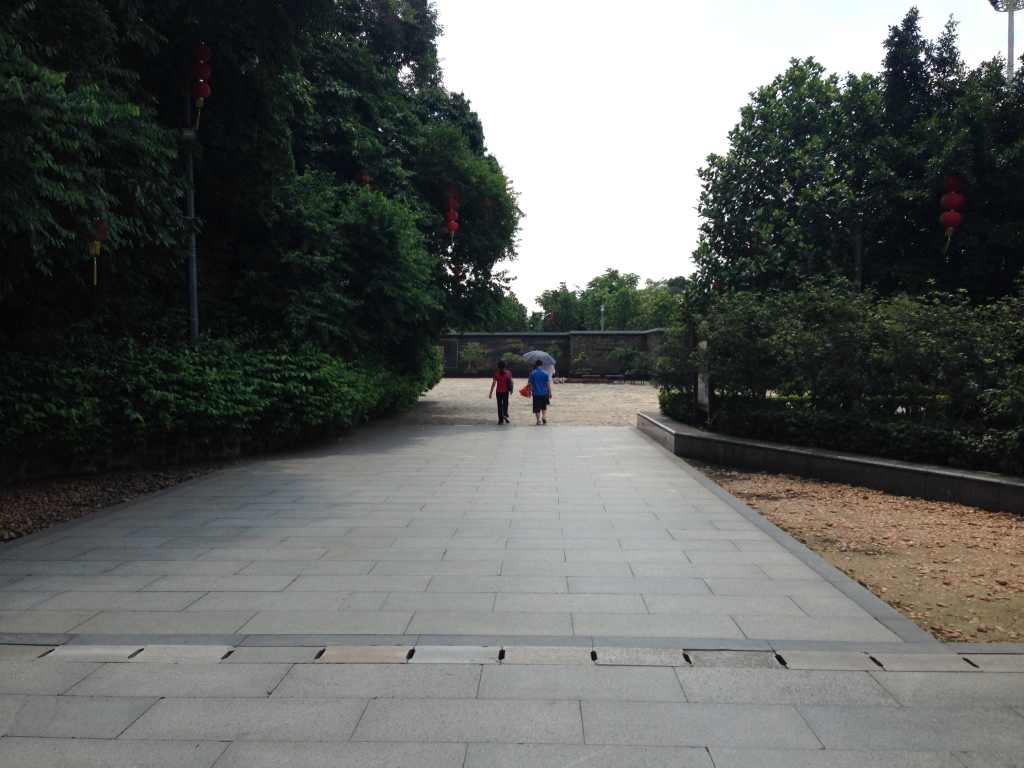
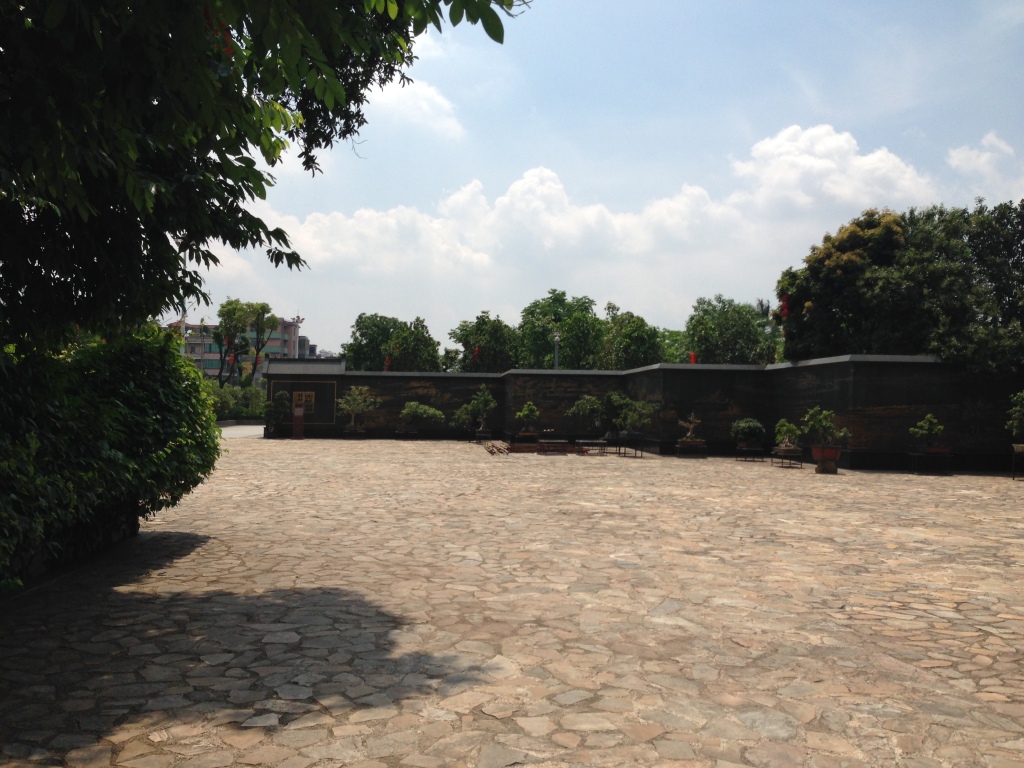
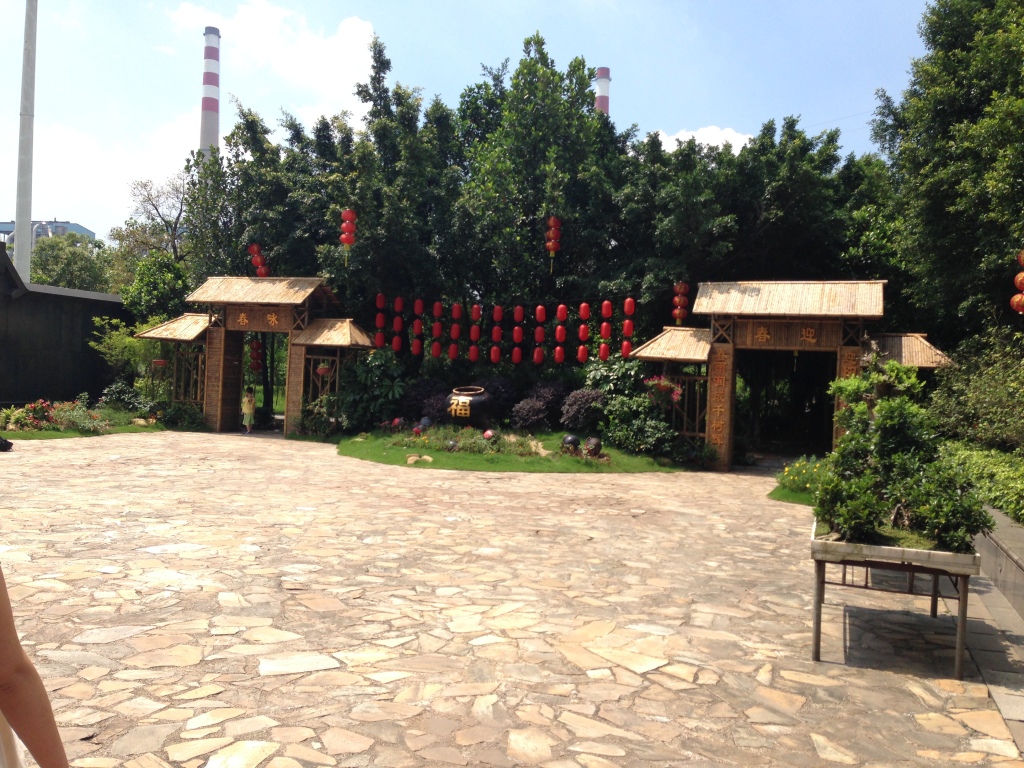
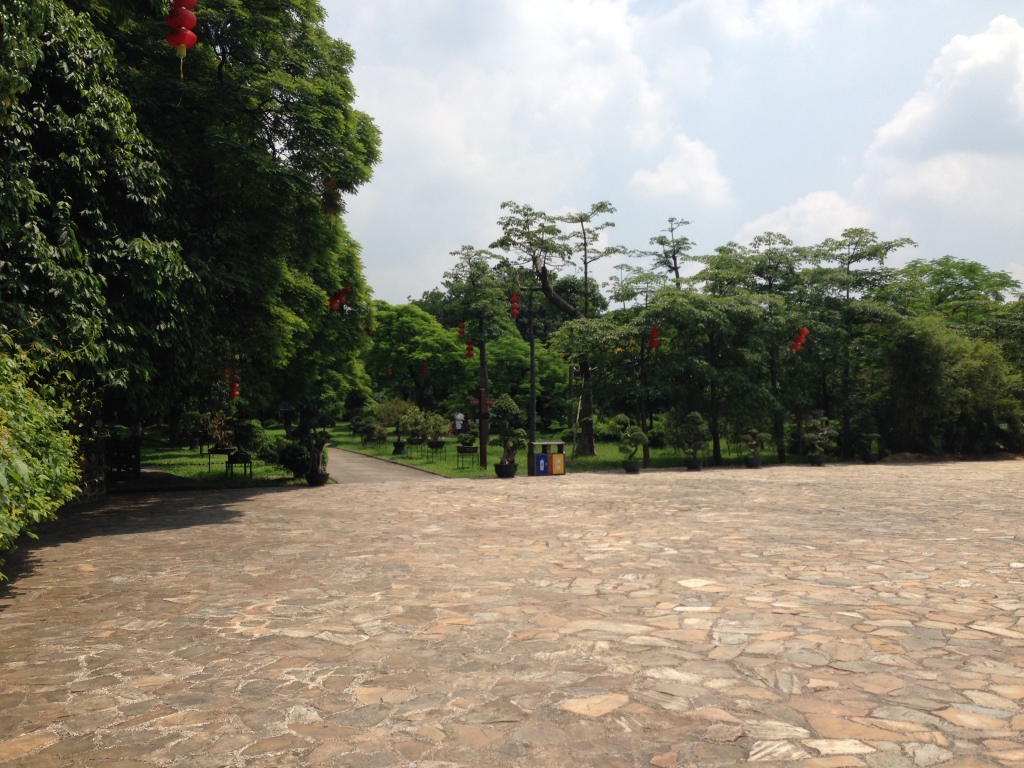
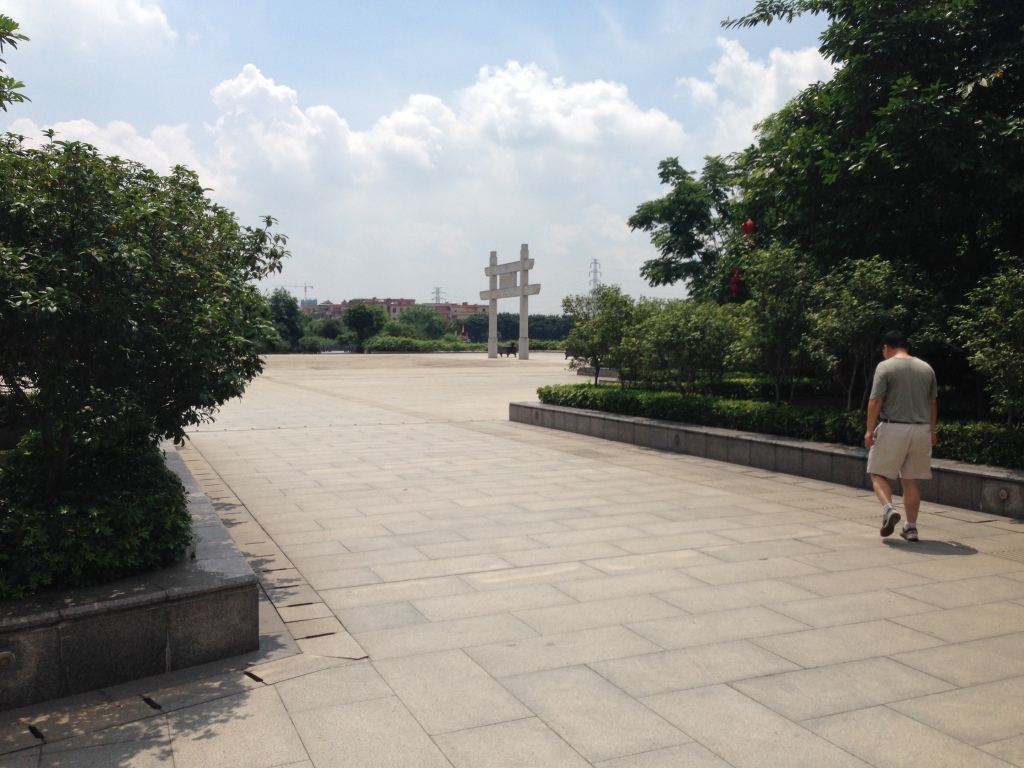
On the way into the NanHai God temple and its gardens you go past the Buluo Full-Graph Screen Wall, which illustrates the Legend of Boluo. The Tardis effect is in full force again as you walk through wide open spaces surrounded by trees on your way to the temple entrance.
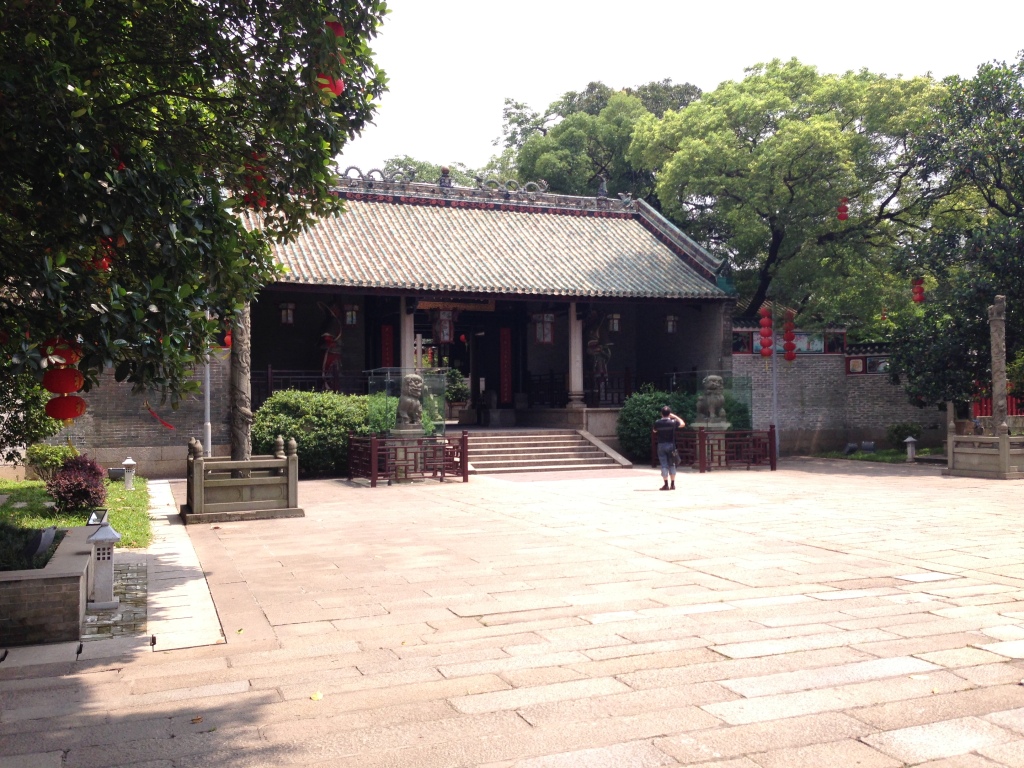
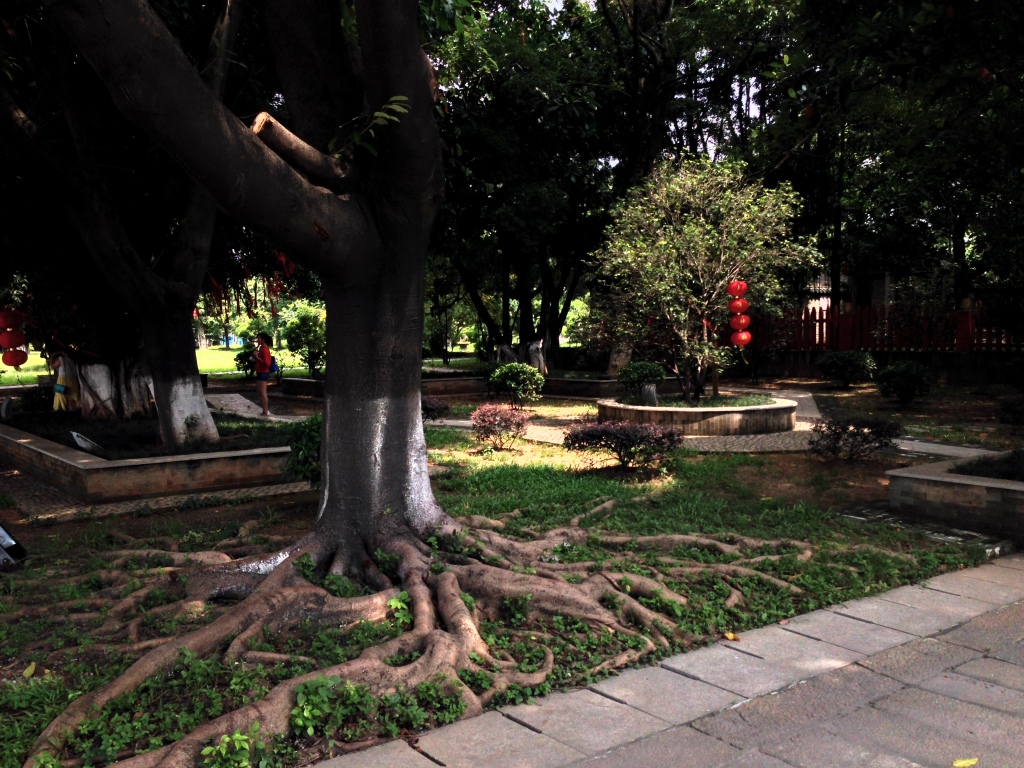
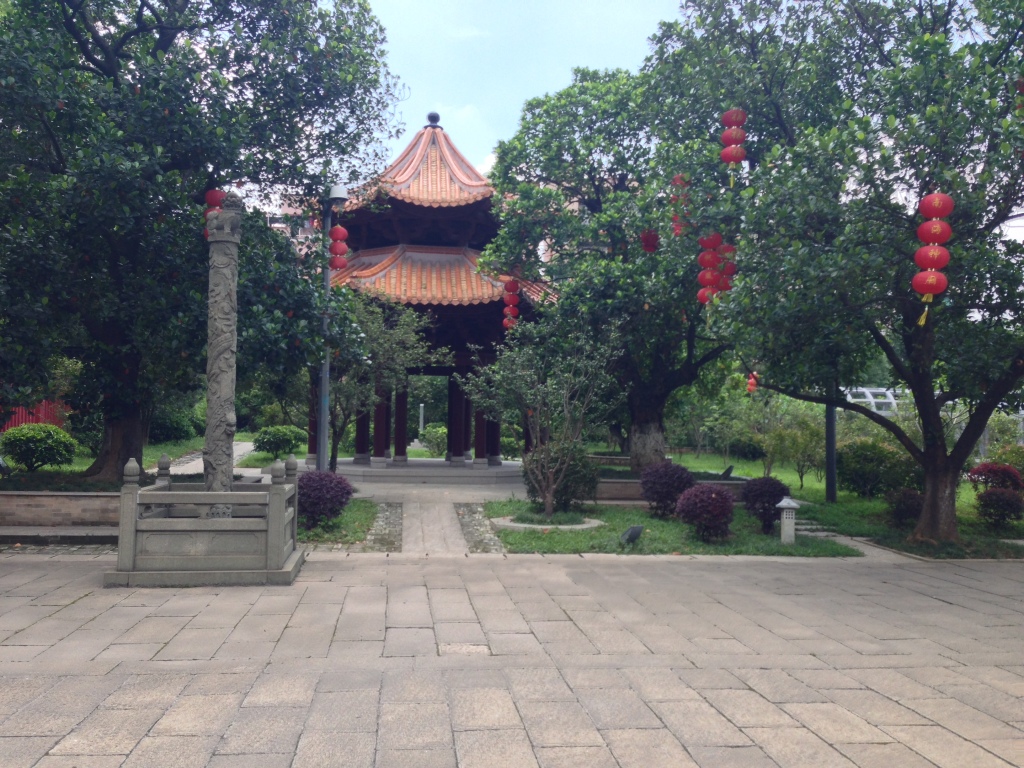
The gate to NanHai is guarded by Qianli Yan and Shunfeng Er, who were ordered by the God of Heaven to help the South Sea God. Legend says that if ships run into trouble they could always get prompt help from these two heaven warriors.
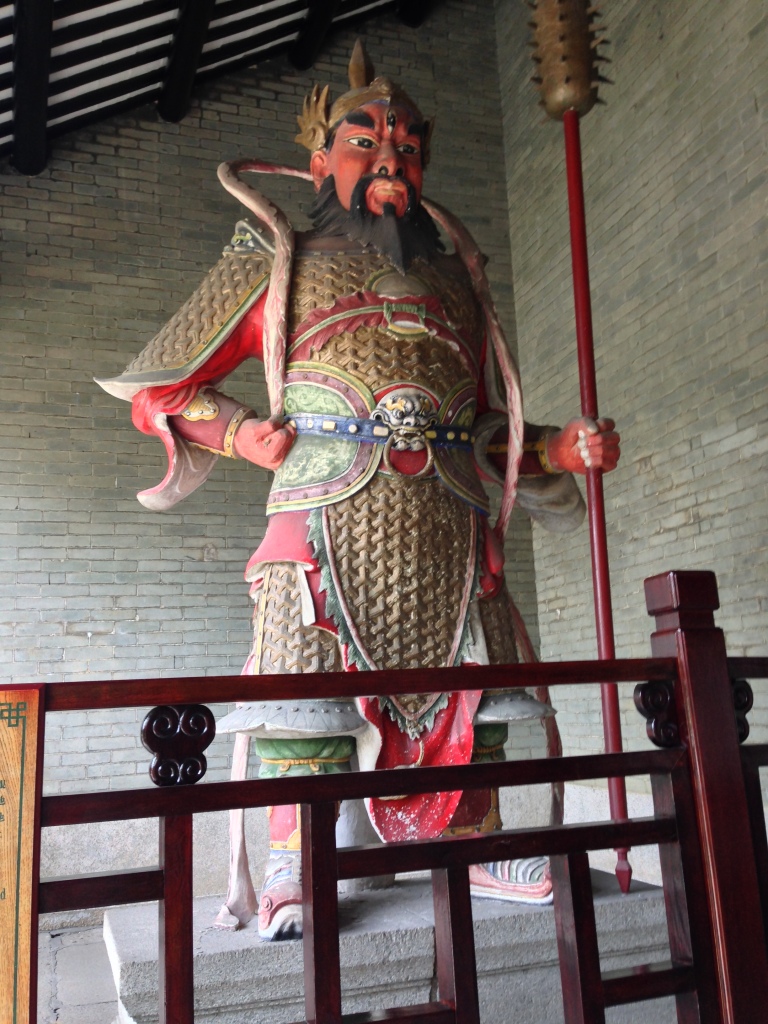
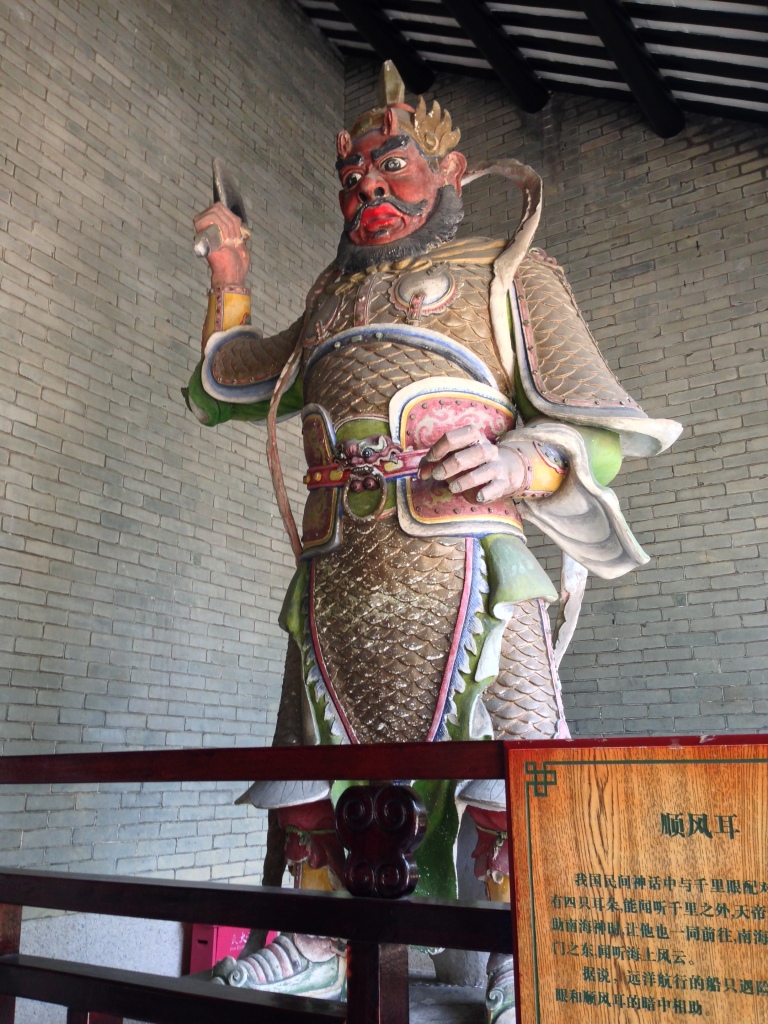
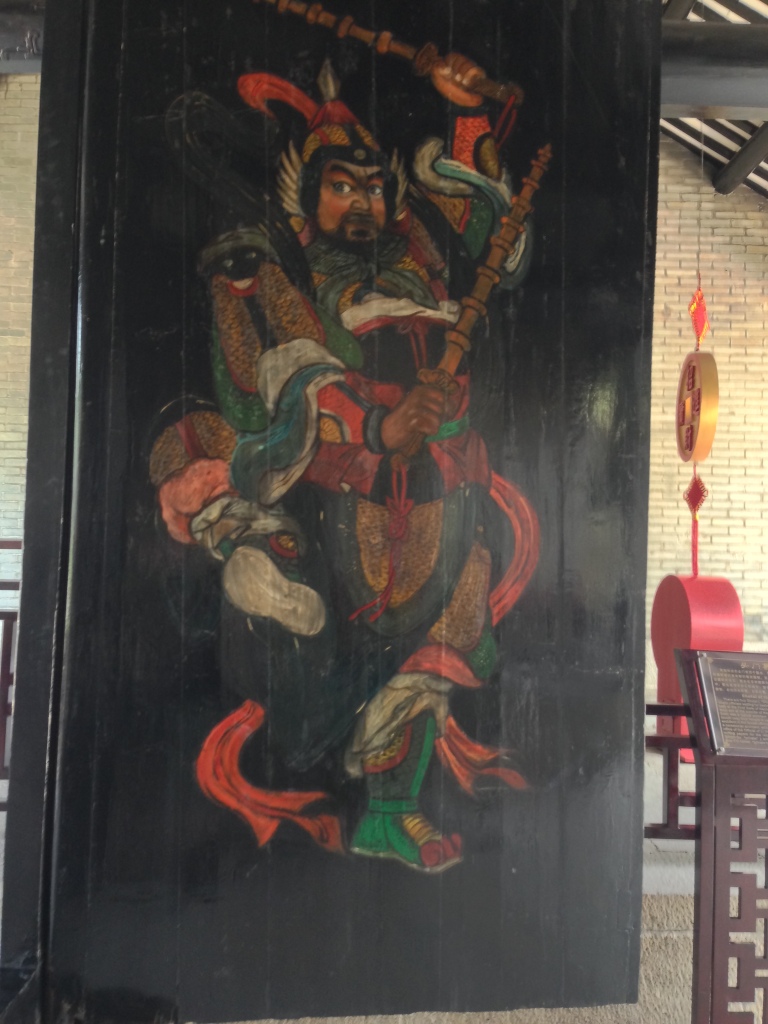
Further inside the temple there are photographs of all the politicians and diplomats who have visited the temple over the years. Once a year during the Dragon Festival politicians come to show their respects to the South Sea God.
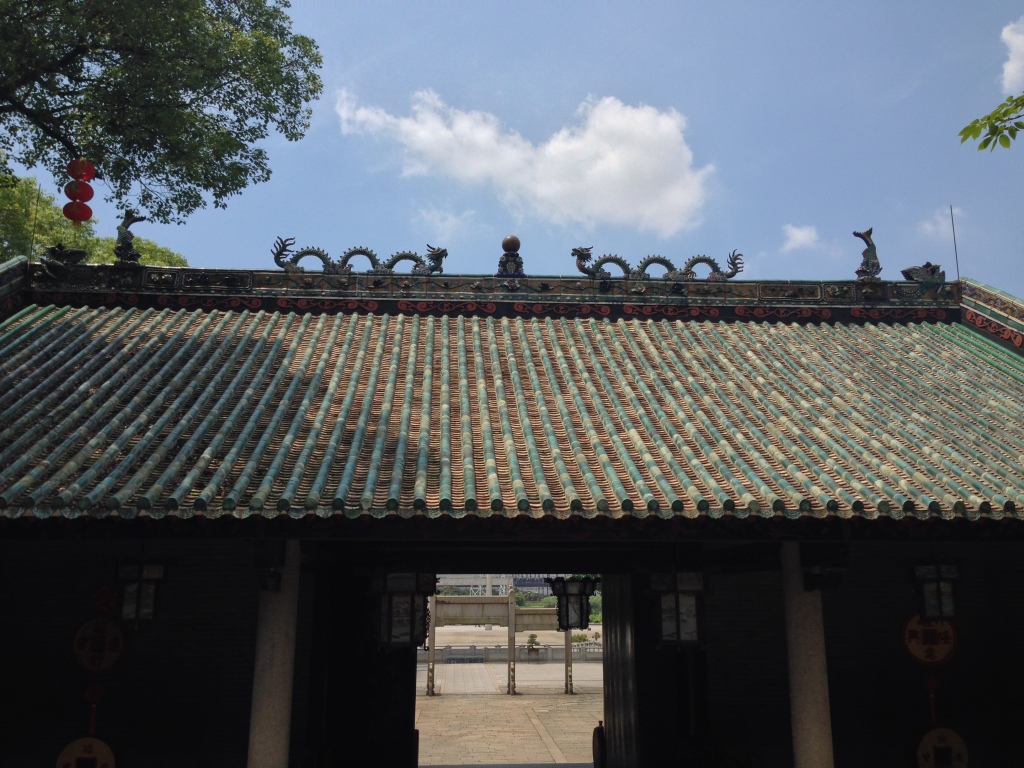
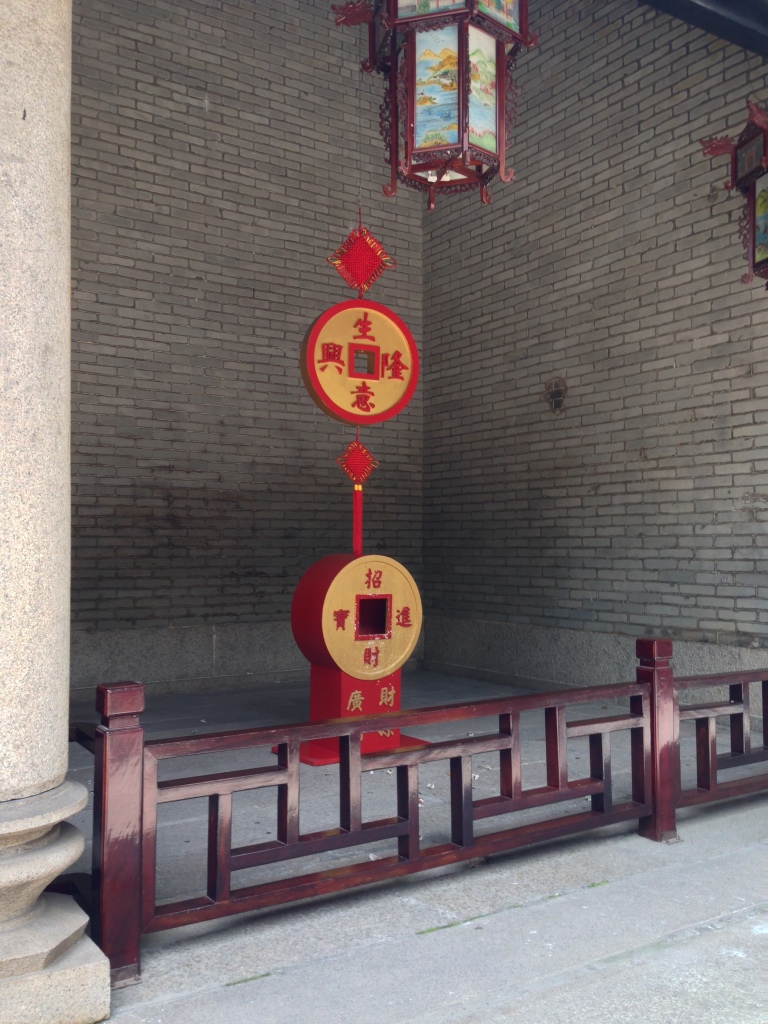
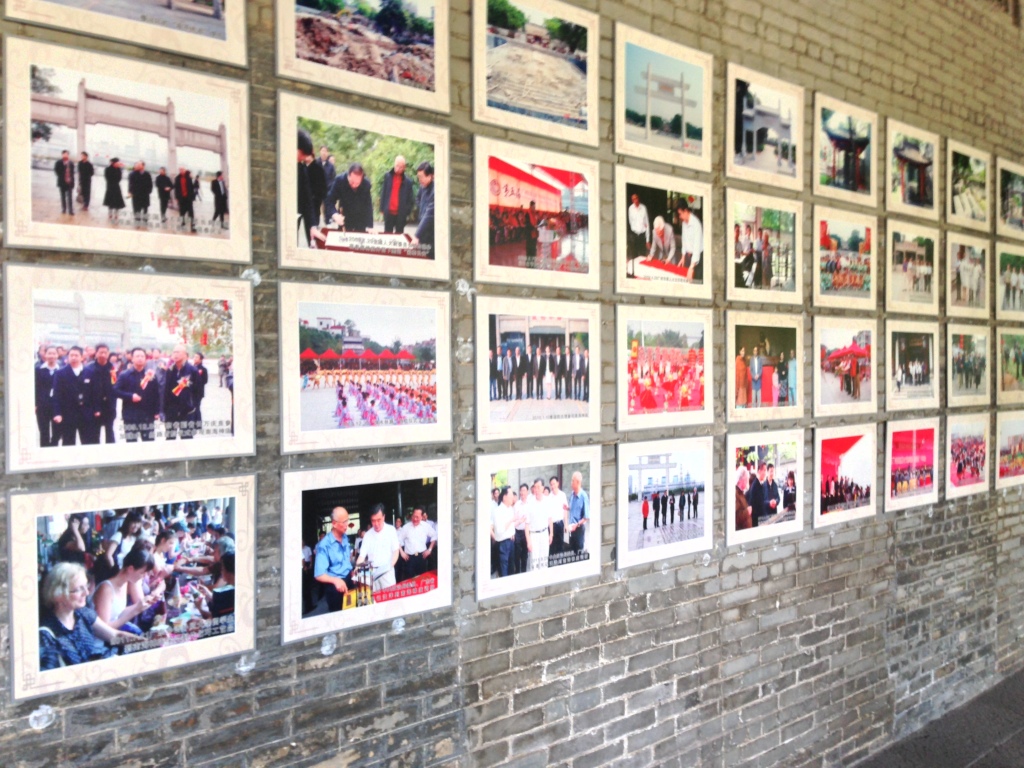
Next we walked through the Yi Men, or Gate of Rite. Flanked by two stone drums, this gate was reserved for the monarchy and nobles. Lower classes of folk had to enter via the side gates, but now anyone is allowed through the Gate of Rite.
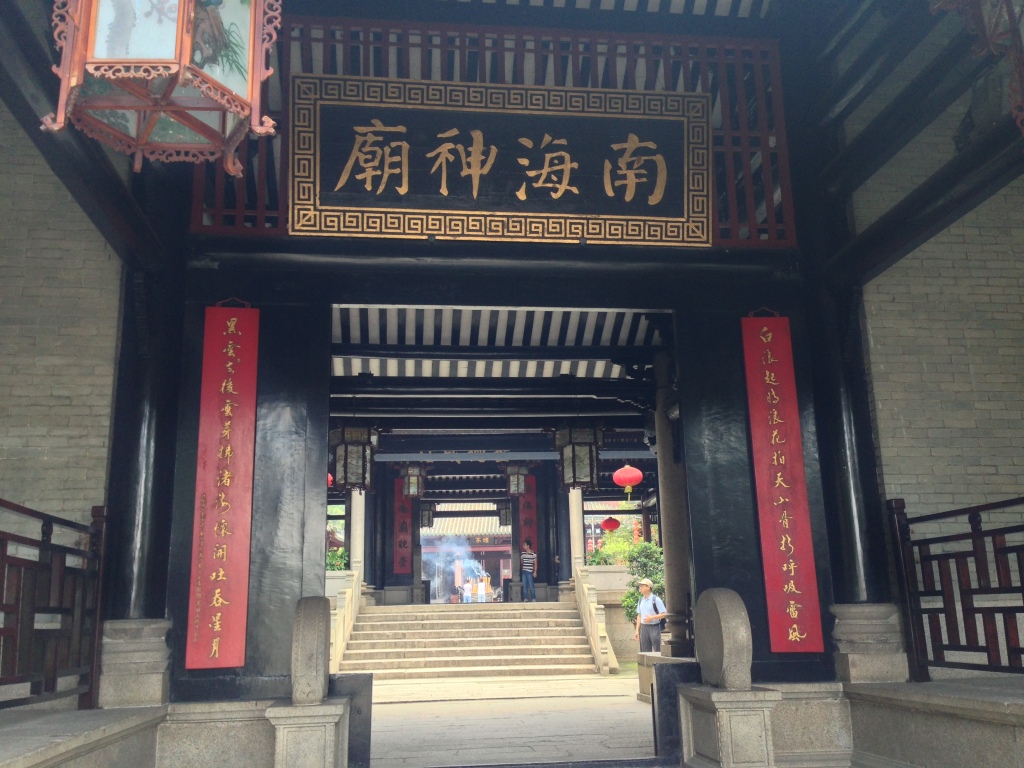
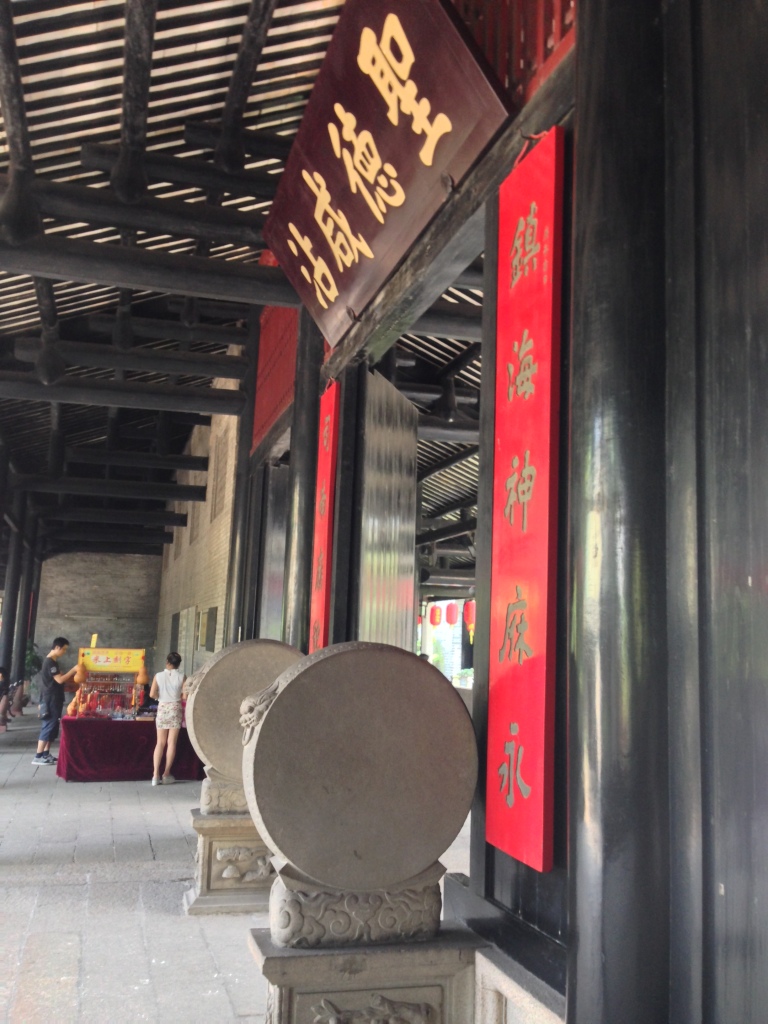
Forest of the South
Through the Yi Men is NanHai’s Stele Forest of the South, surrounded with precious steles left by officials sent to offer sacrifice by their Emperors. In the garden is a stele atop a carving of a giant turtle, left here by Emperor Hongwu of the Ming Dynasty.
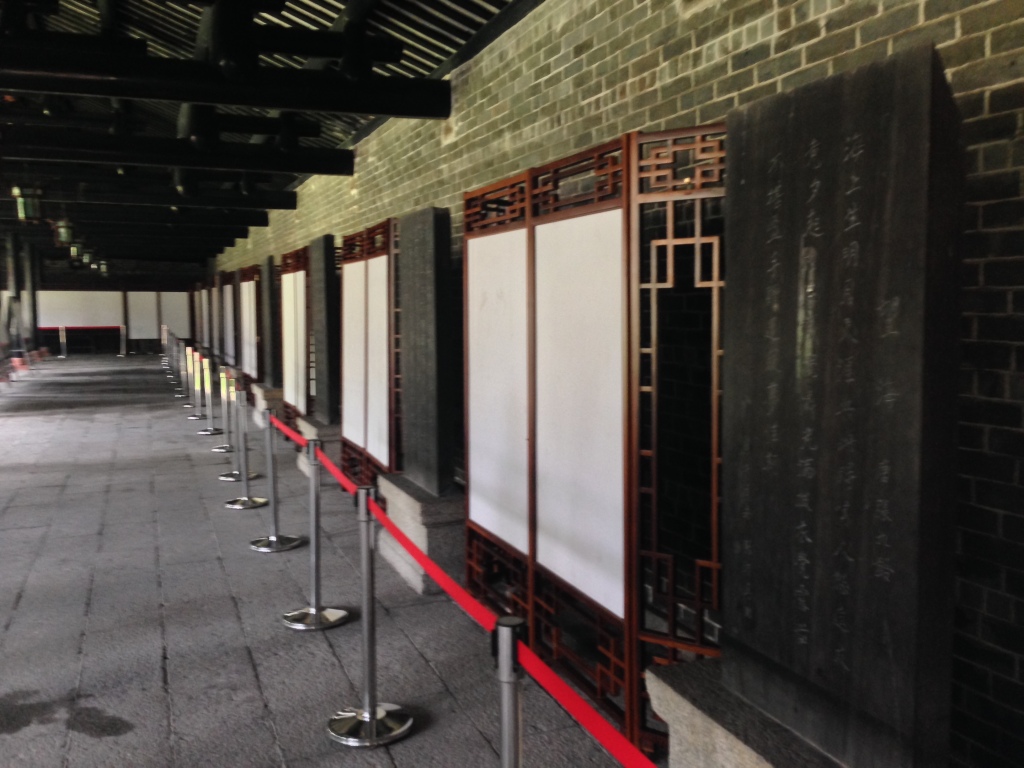
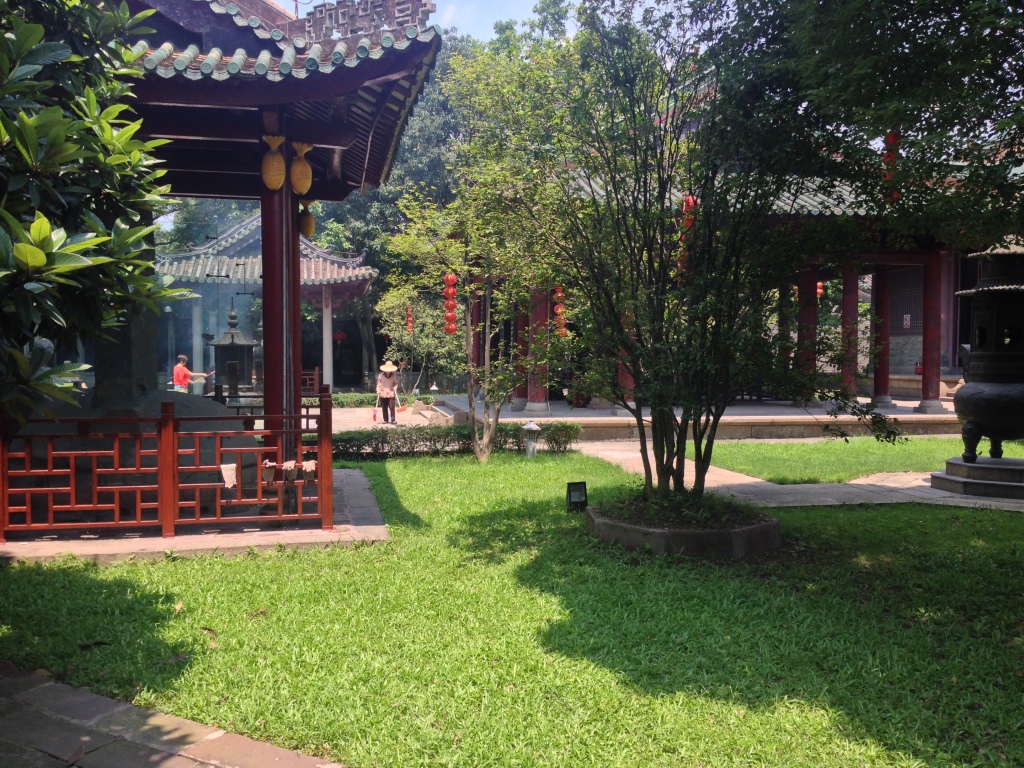
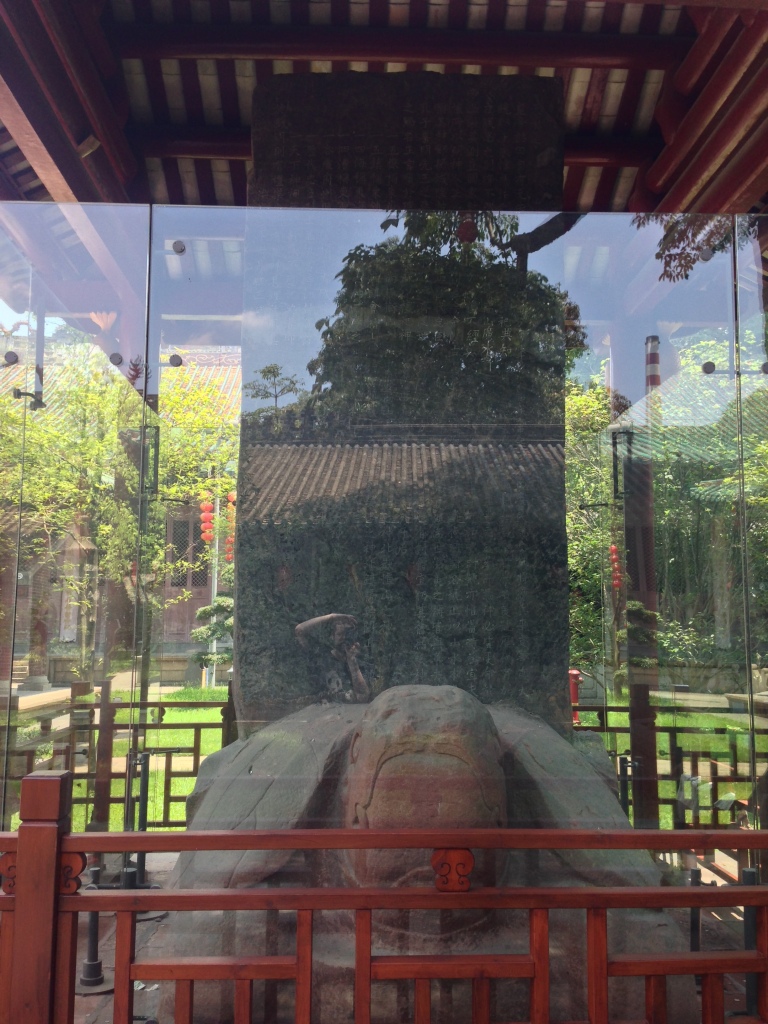
This is the first place in this temple where I saw the burning incense that is typical of Chinese temples. Even today Guangzhou is an important port and people still come to offer prayers and sacrifices to the South Sea God.
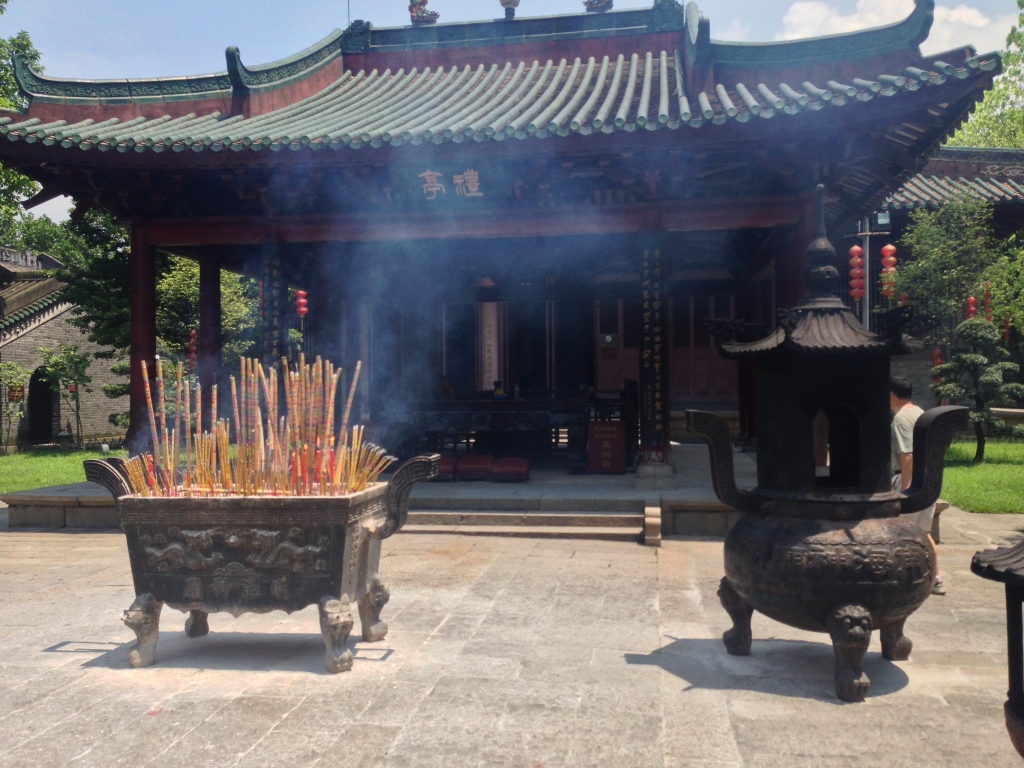
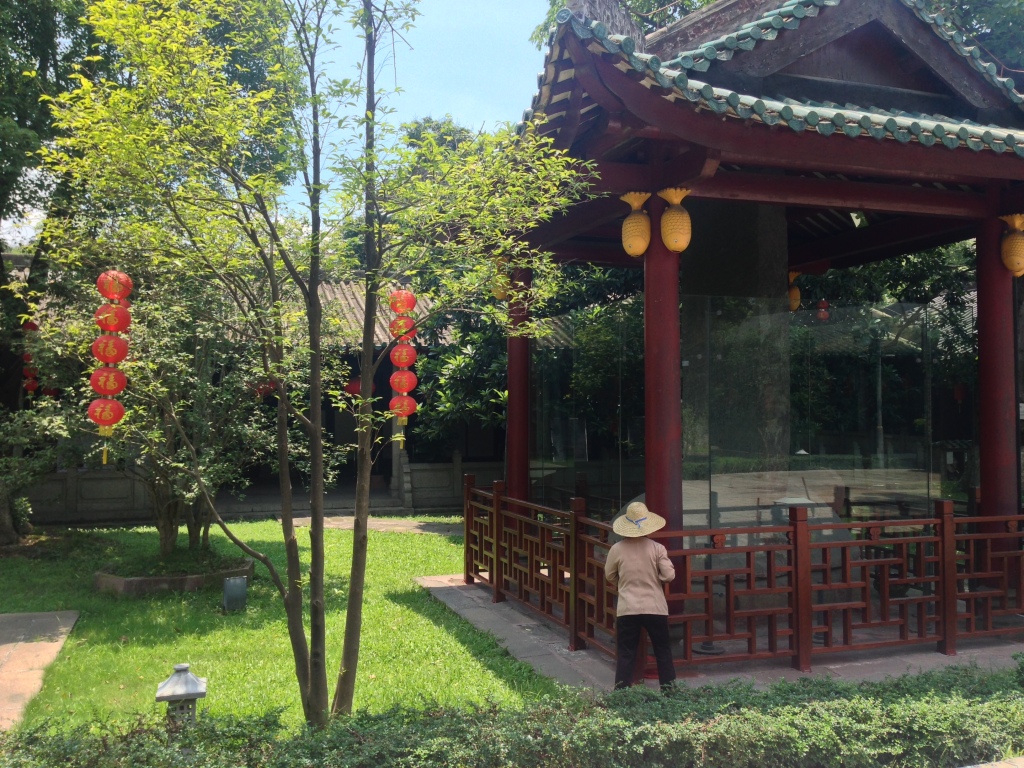
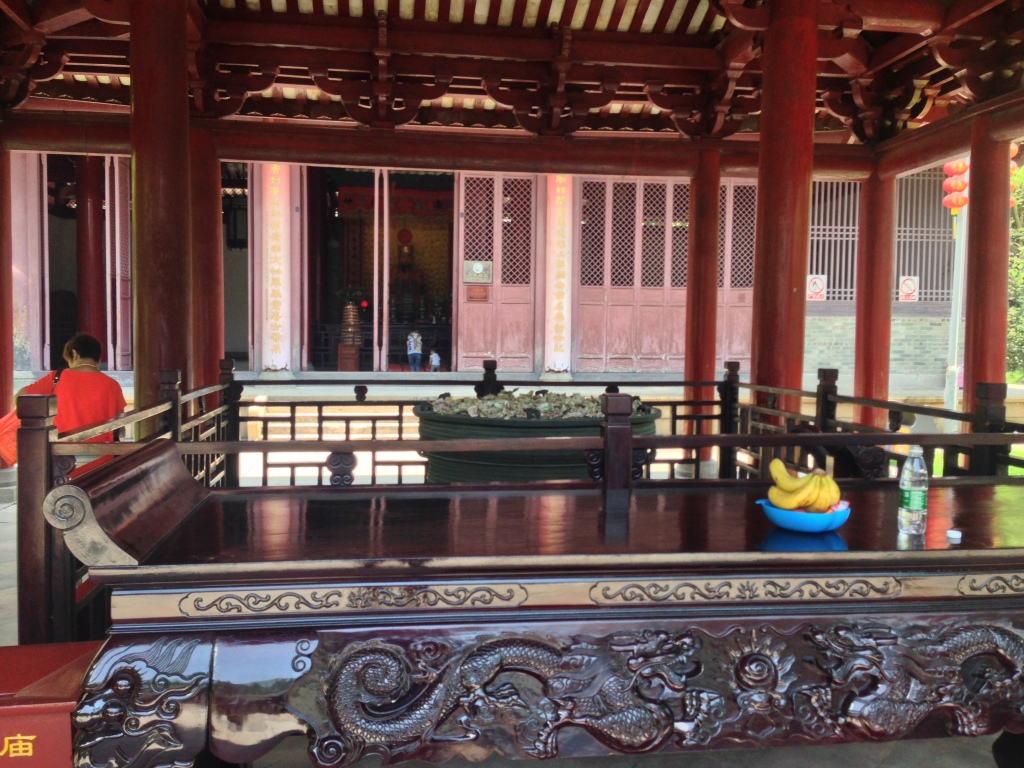
There is also an ancient drum from the Han Dynasty here. It is the third largest in China, and was placed here as a sacrifice. The drum was played to appease the South Sea God, and legend has it that although the drum sounded quiet within the temple walls, outside the walls the drum sounded thunderous and was audible for miles.
NanHai and Friends
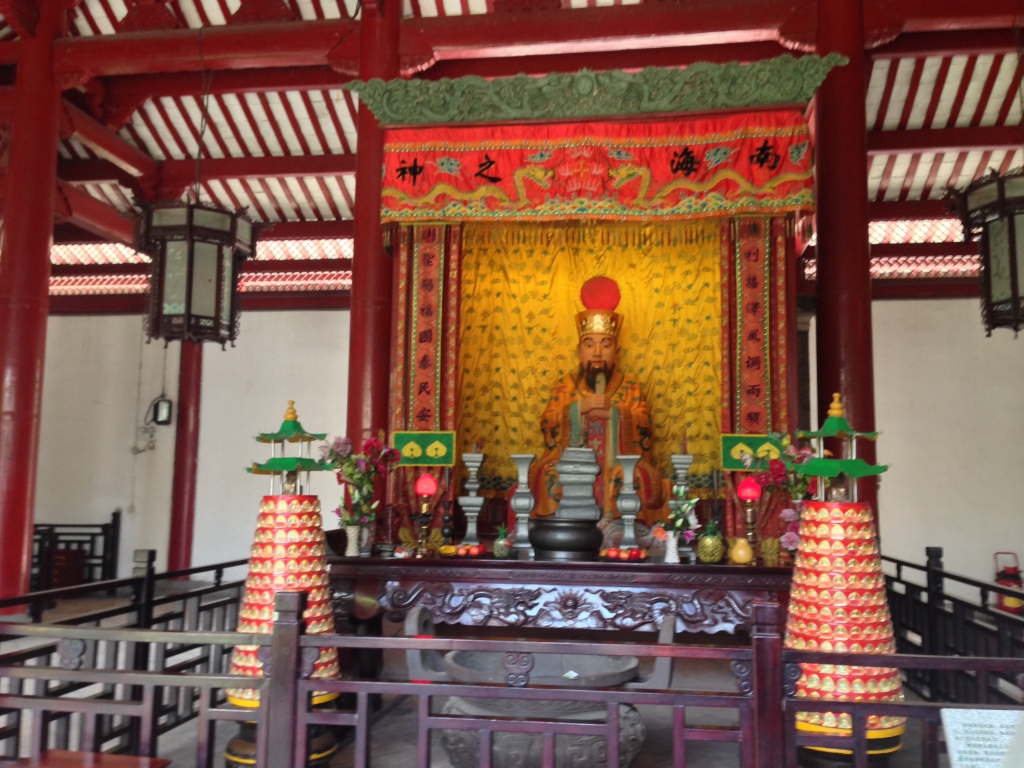
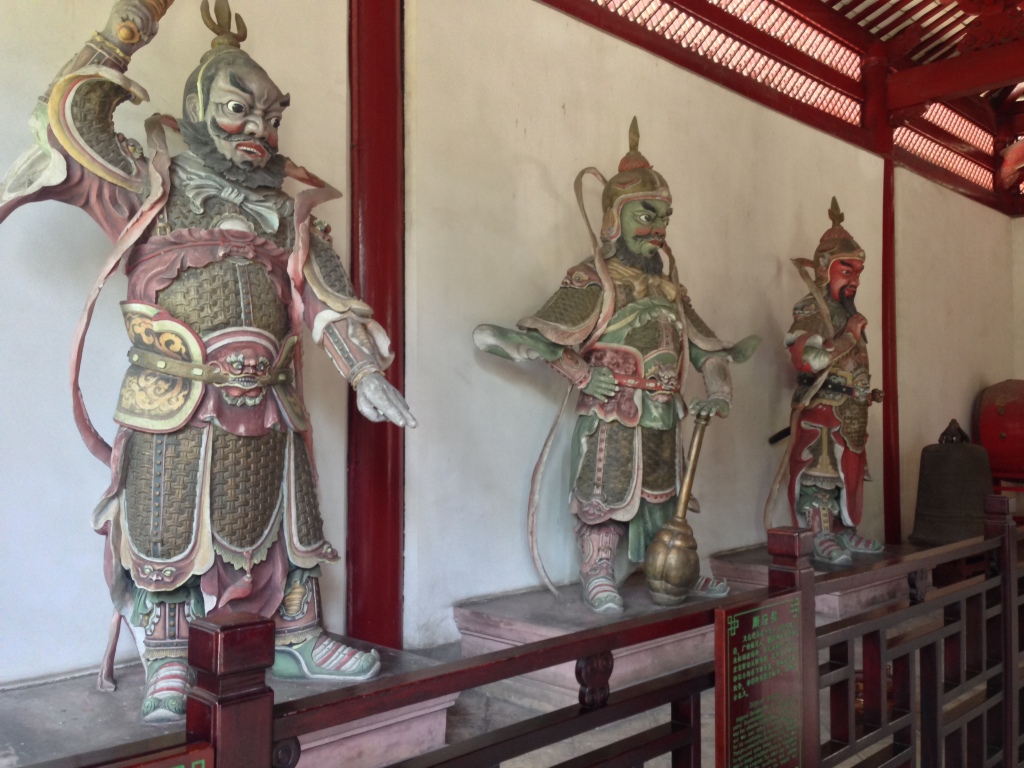
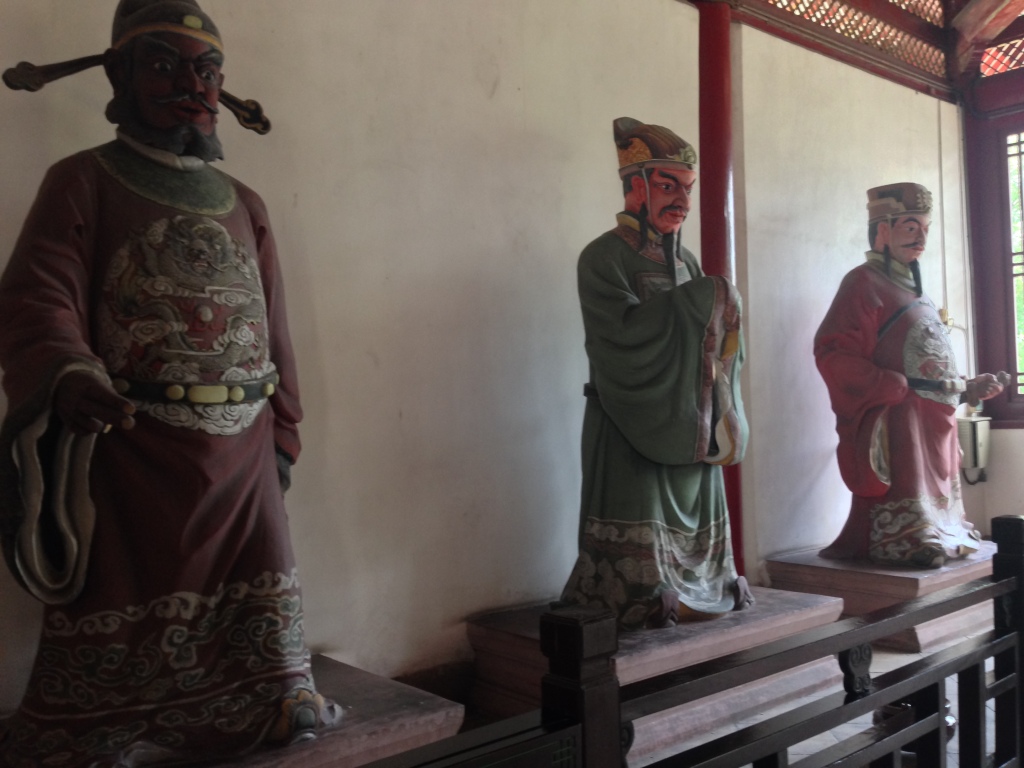
Next we entered the center of the temple. The first thing you see is a statue of the South Sea God himself. A few people were offering him prayers.
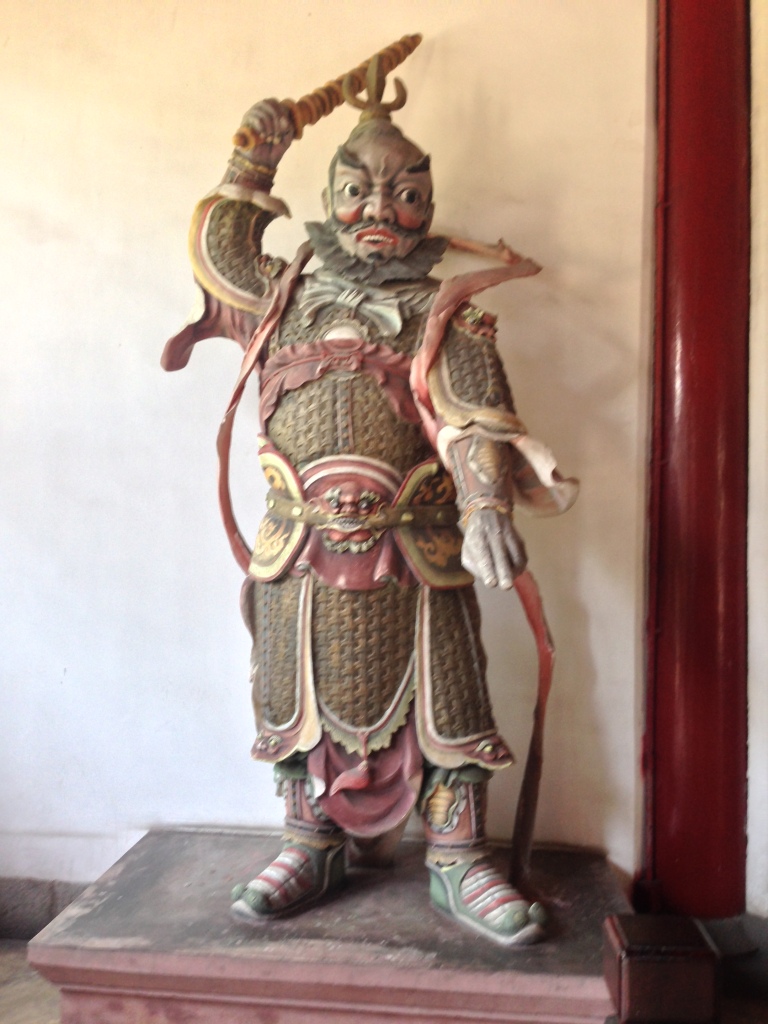
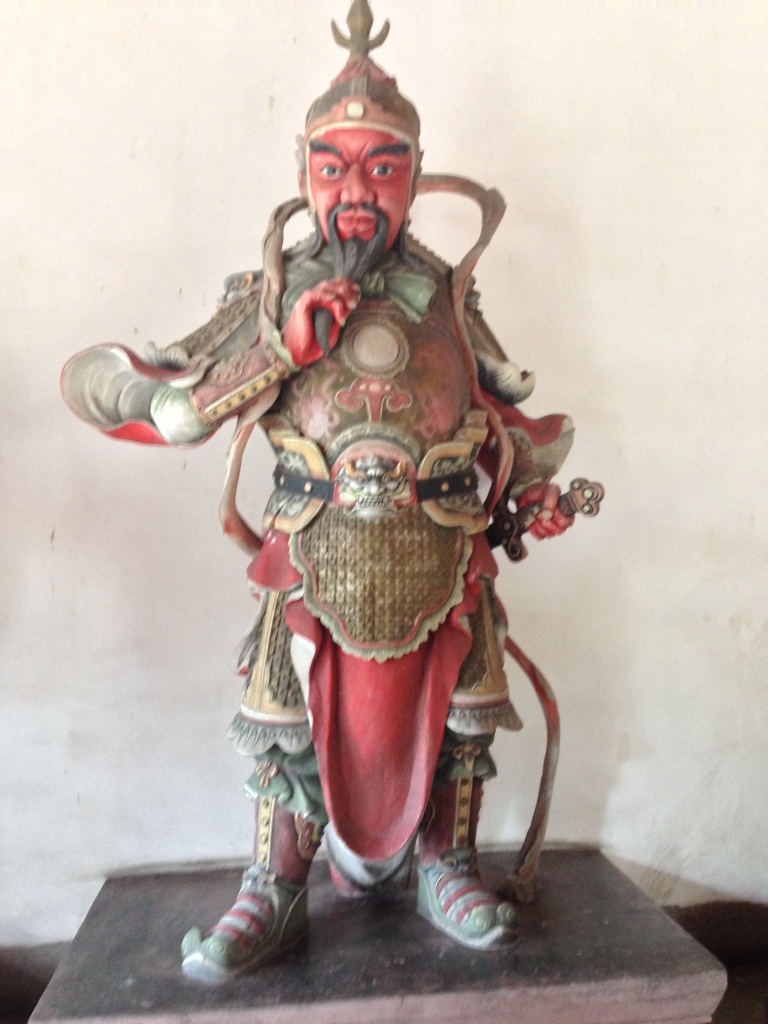
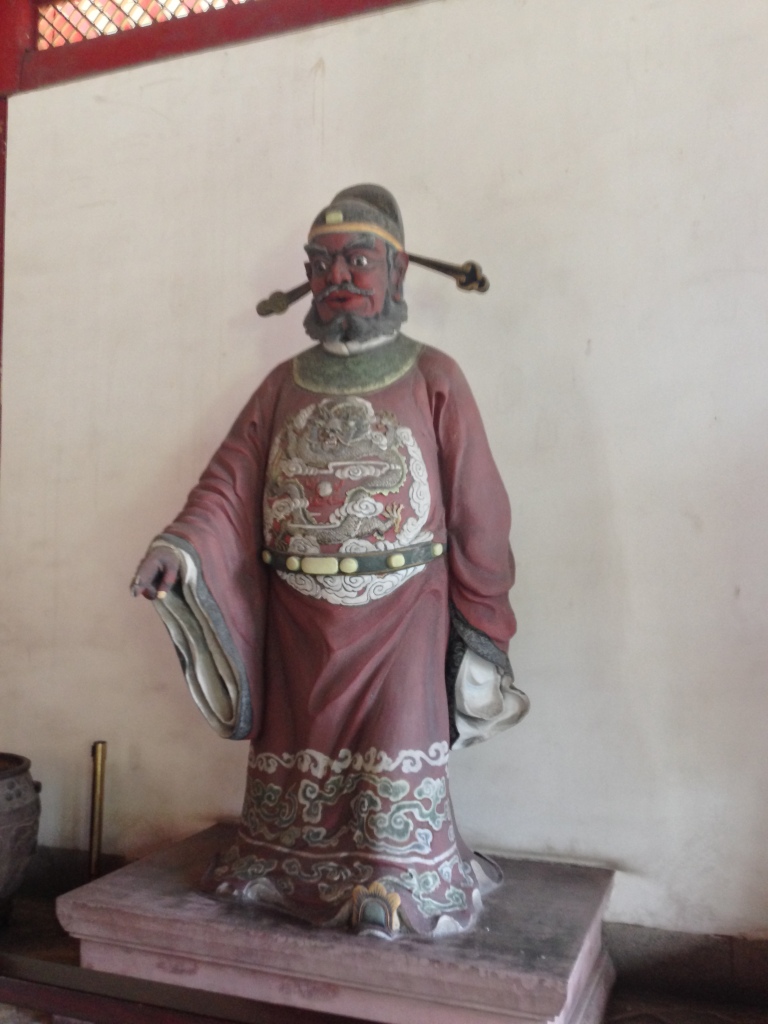
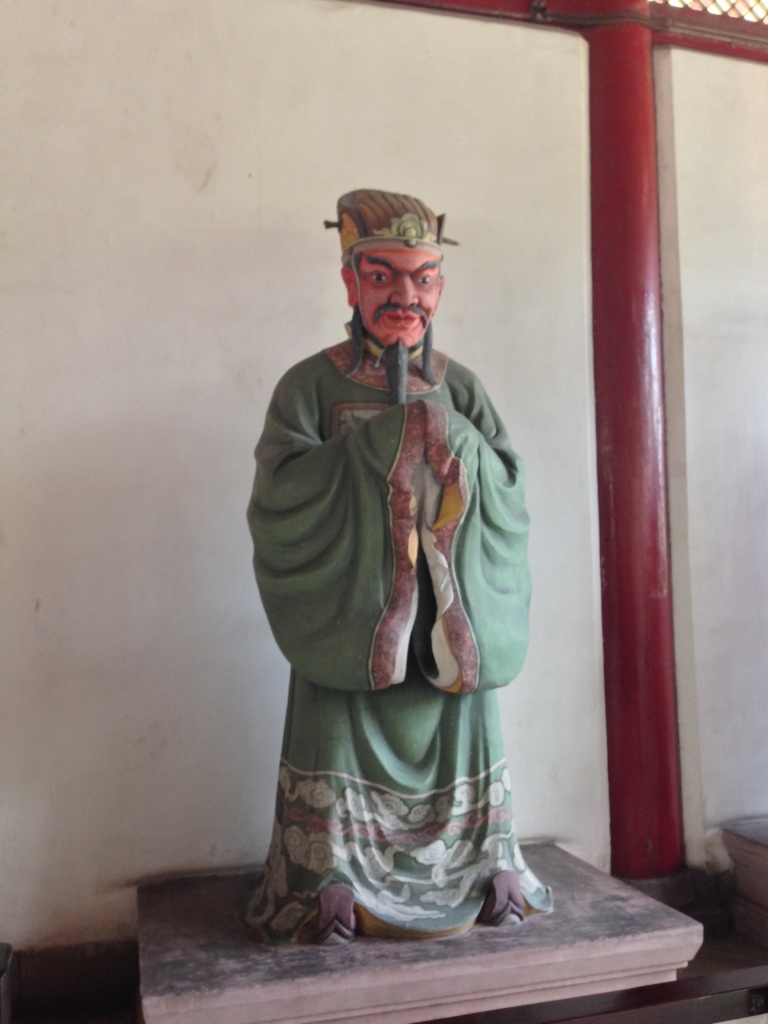
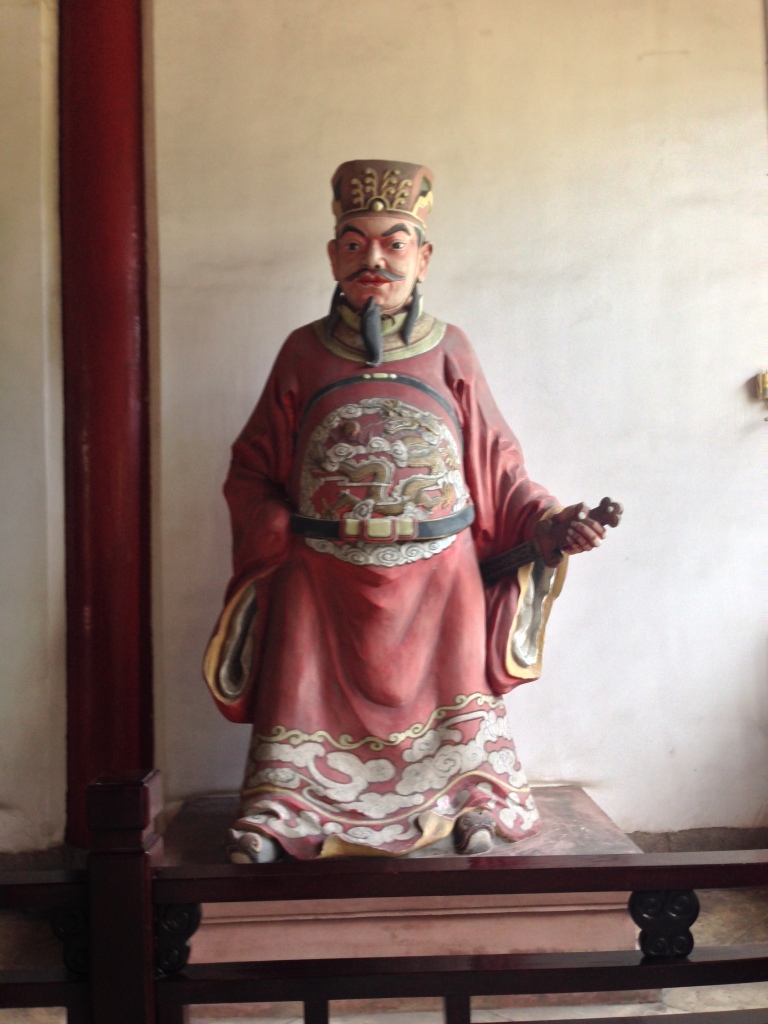
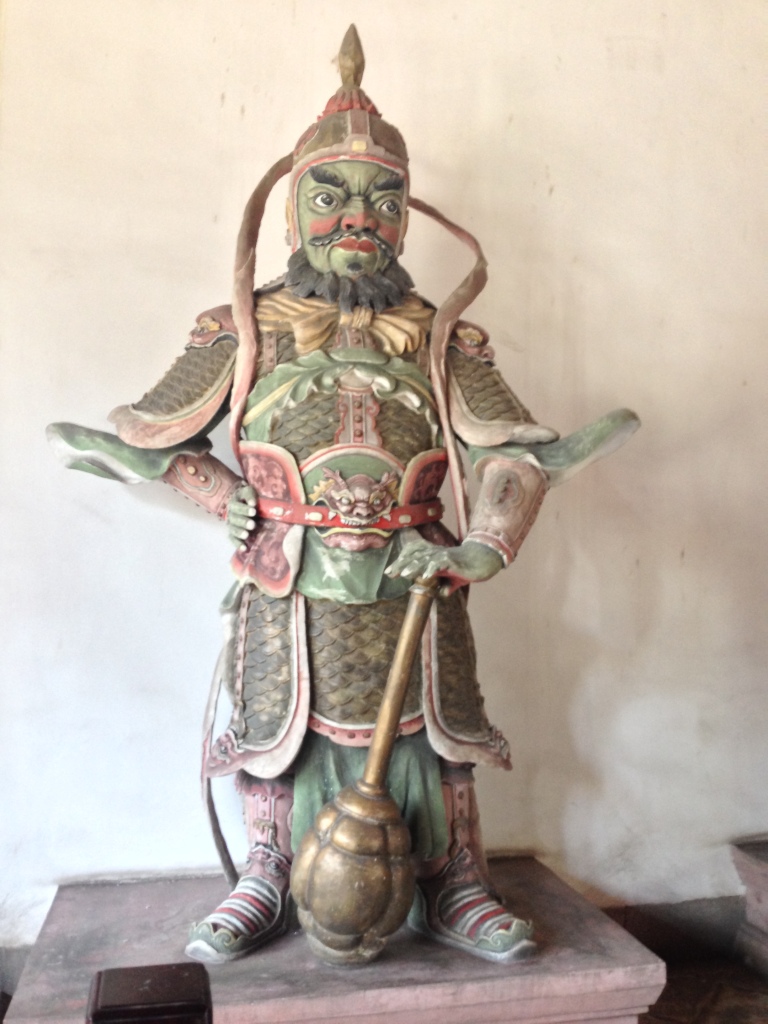
Flanking him were statues of the Six Seigneurs (六侯 or Liù Hóu), assistant gods to the South Sea God. Around the back is a carving of a dragon that is supposed to live beneath the statue of the South Sea God.
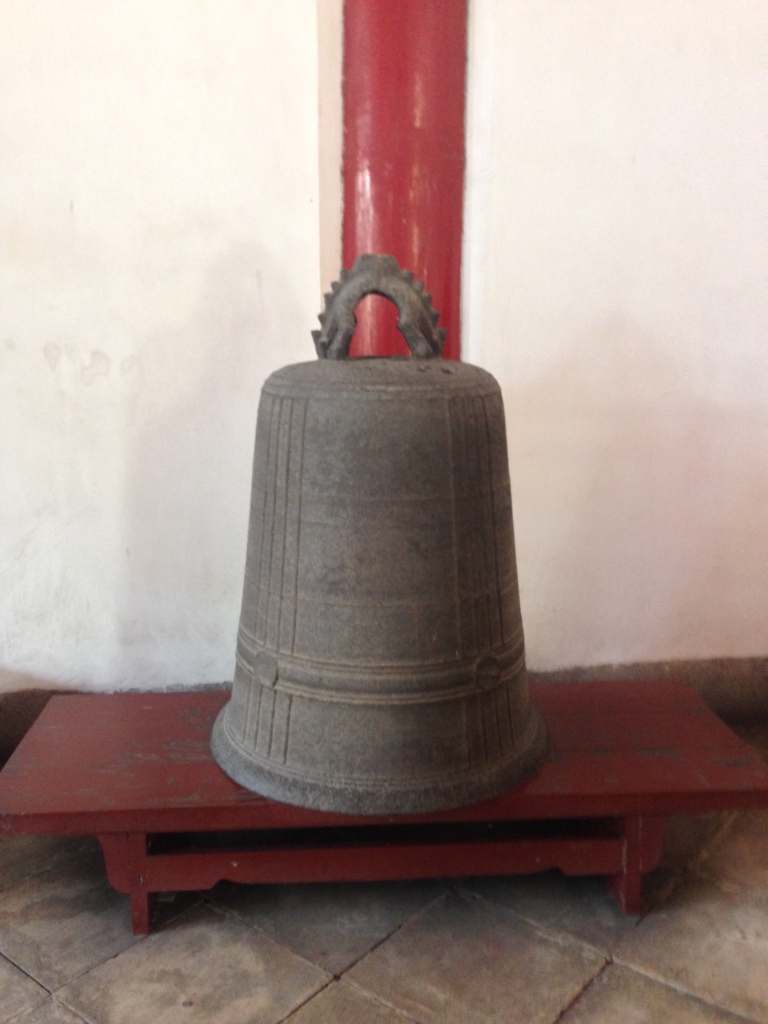
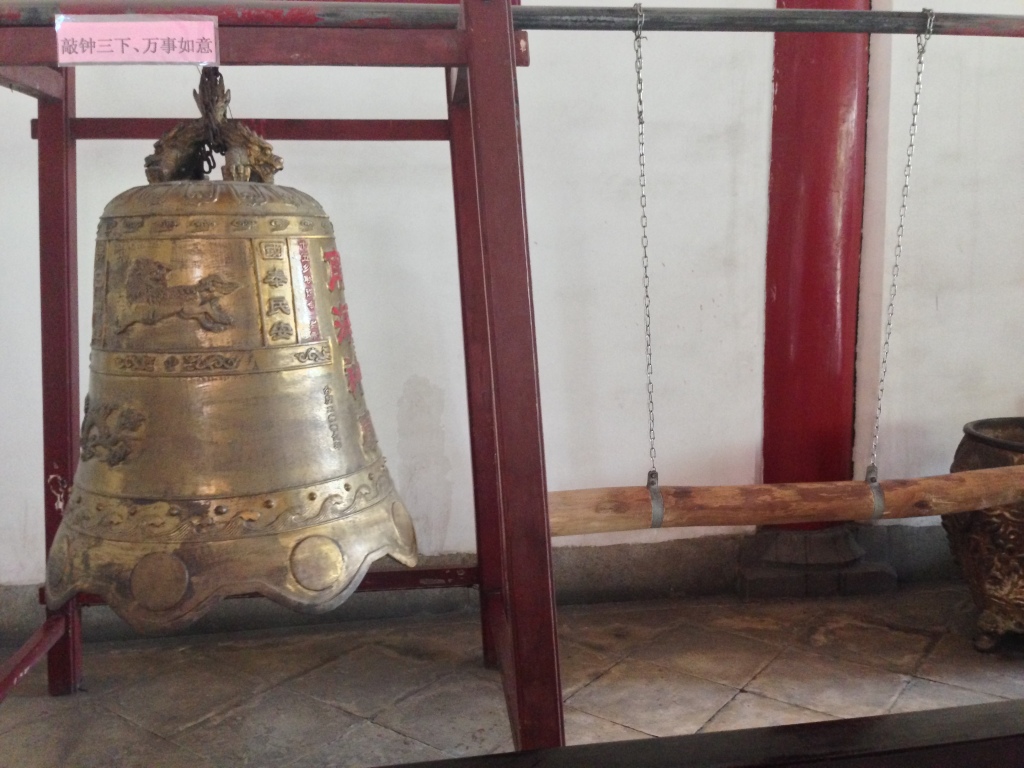
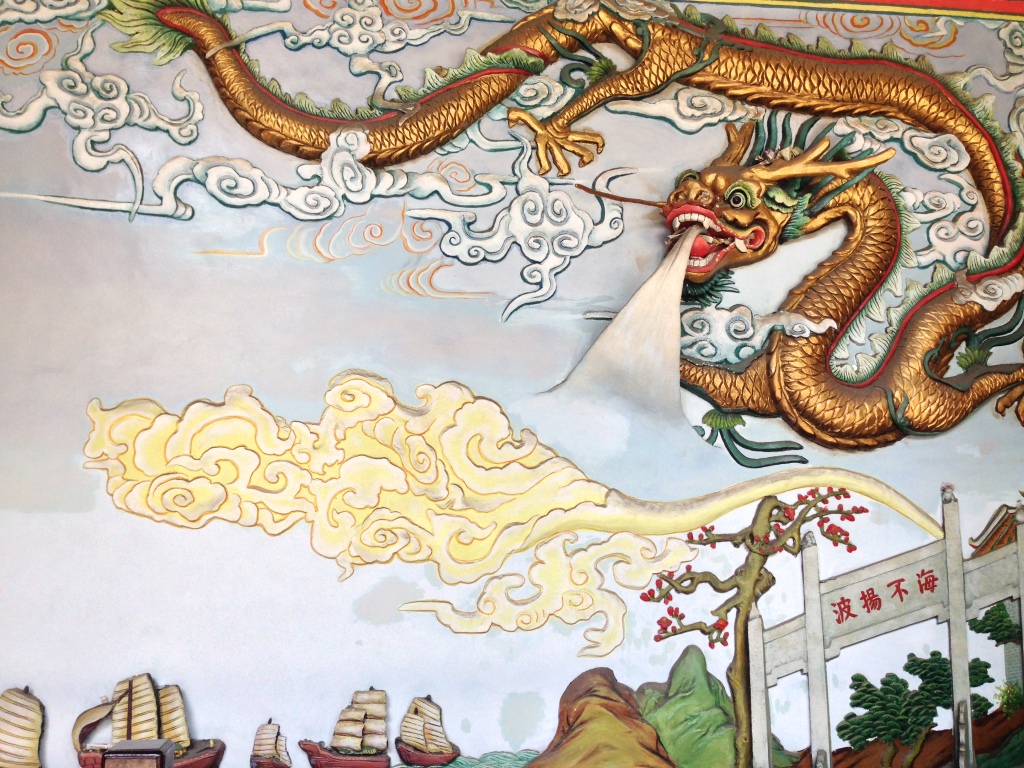
At the back of the temple, in a shrine all of its own is a statue to Madam Hongshengwang. She was bestowed godhood for her diligence and hard work and people can now offer sacrifice to her in this temple. The shrine also contains a few examples of Ming furniture, some of which made me think of Victorian-style furniture.
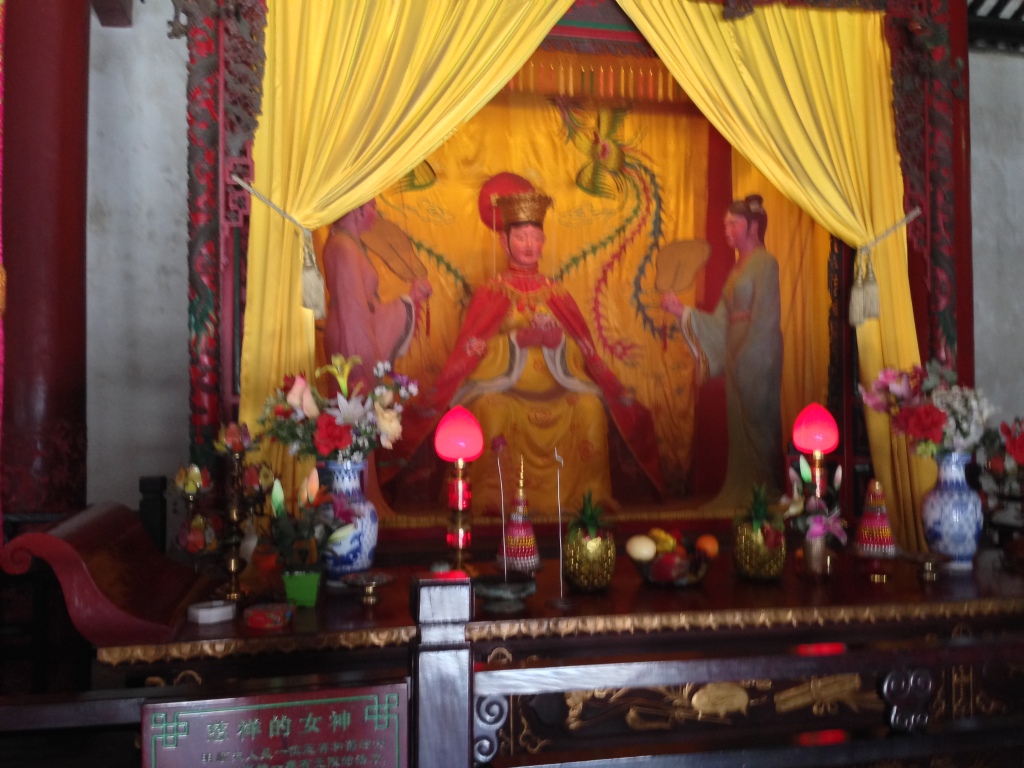
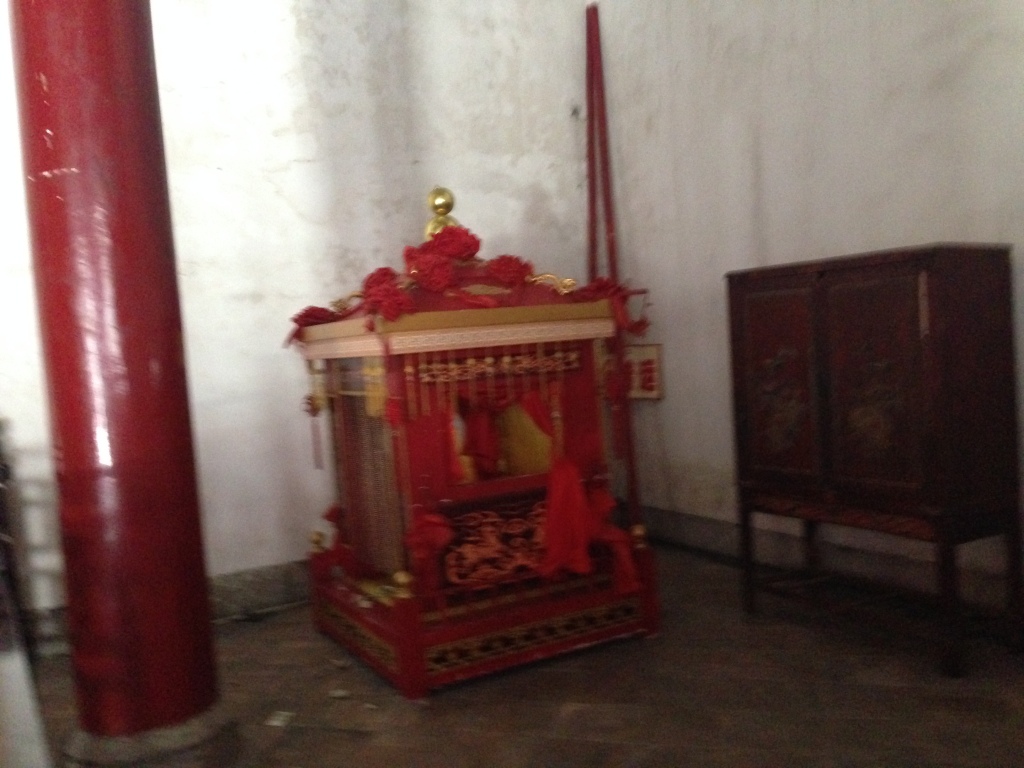
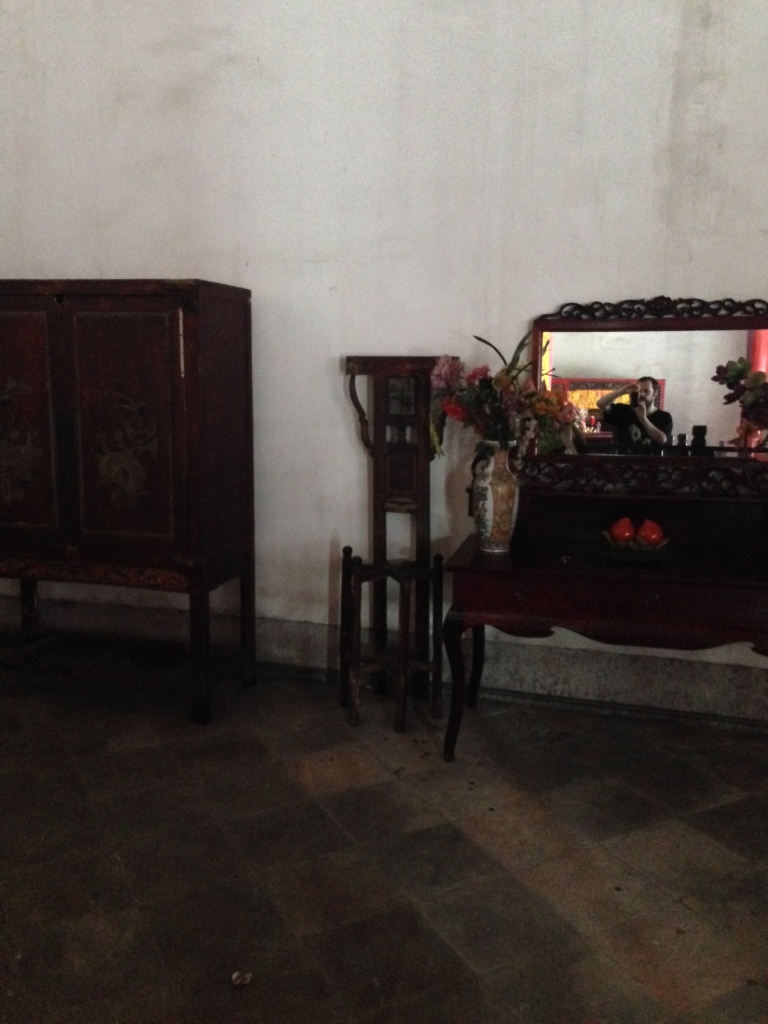
Garden
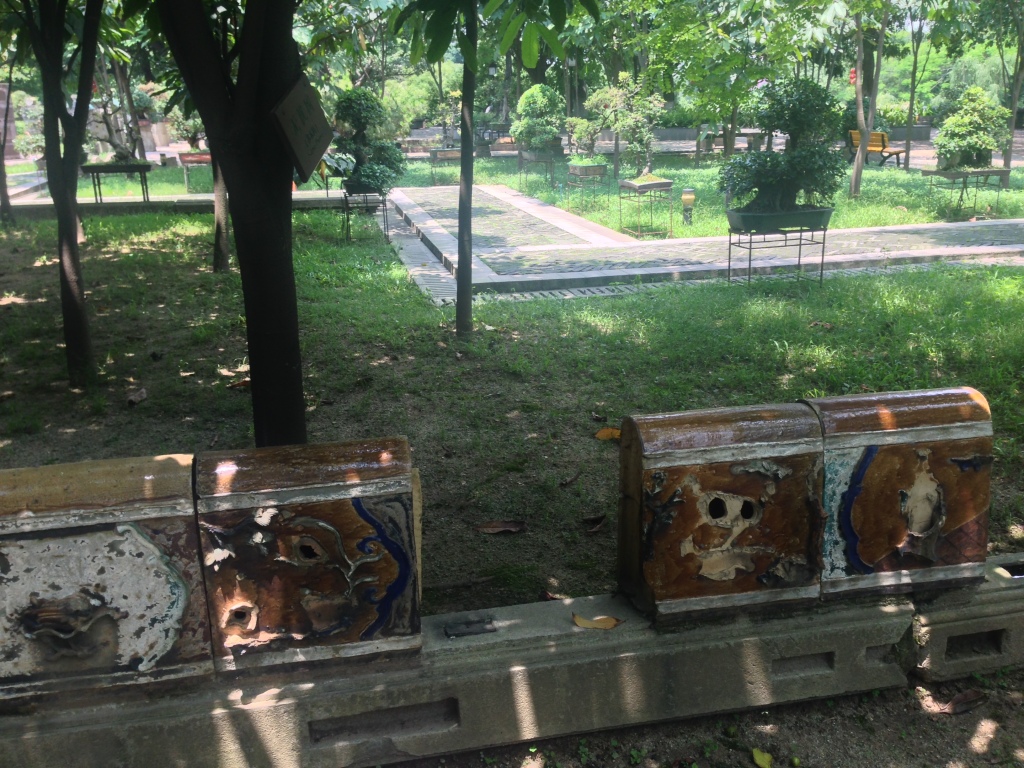
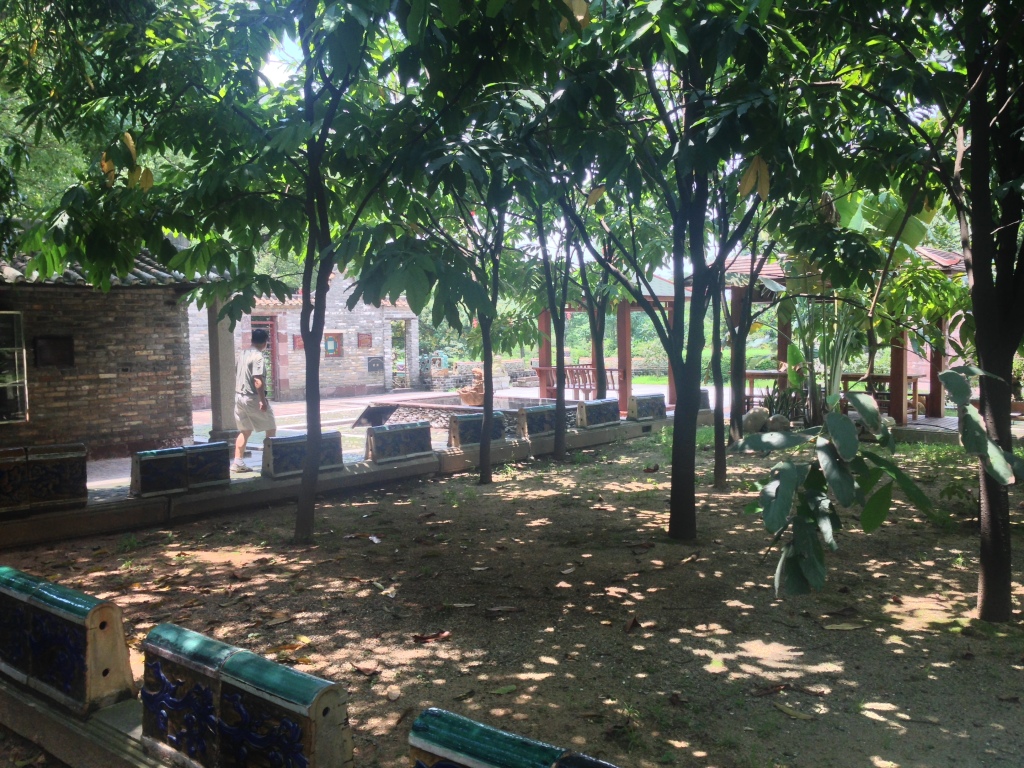
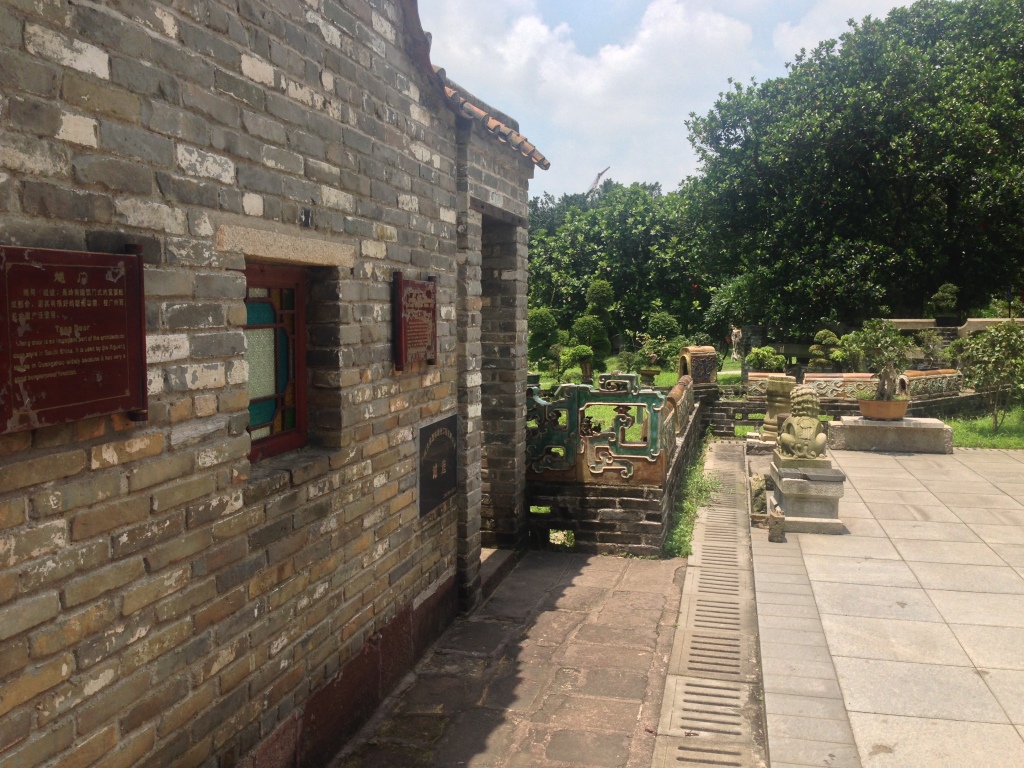
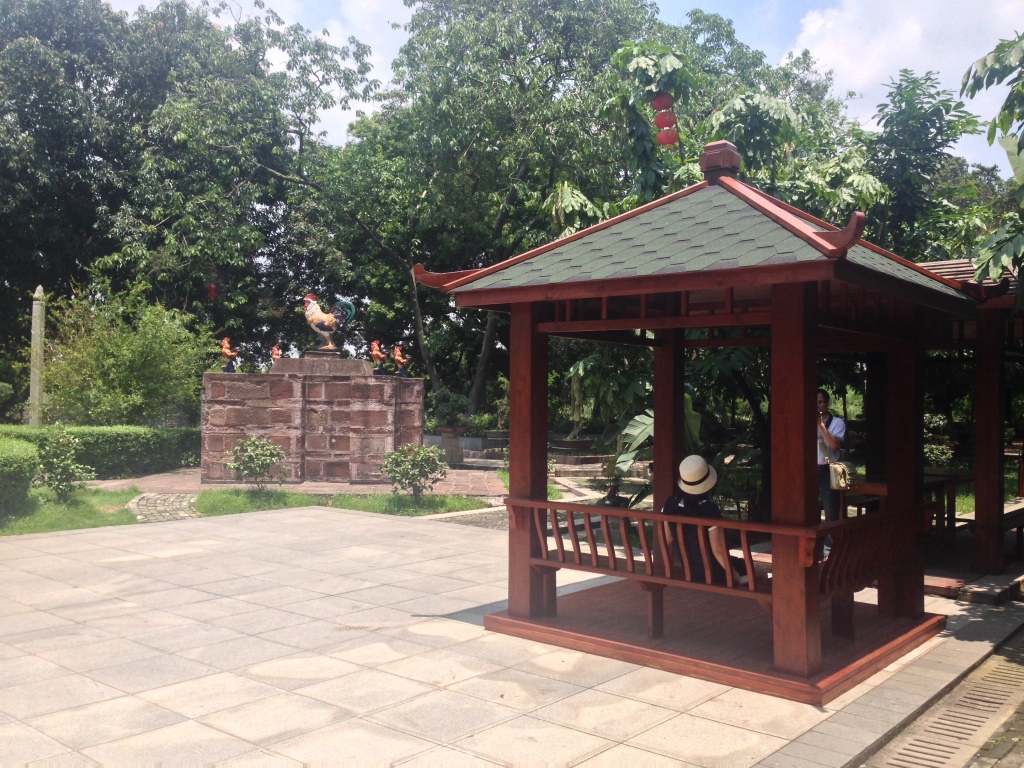
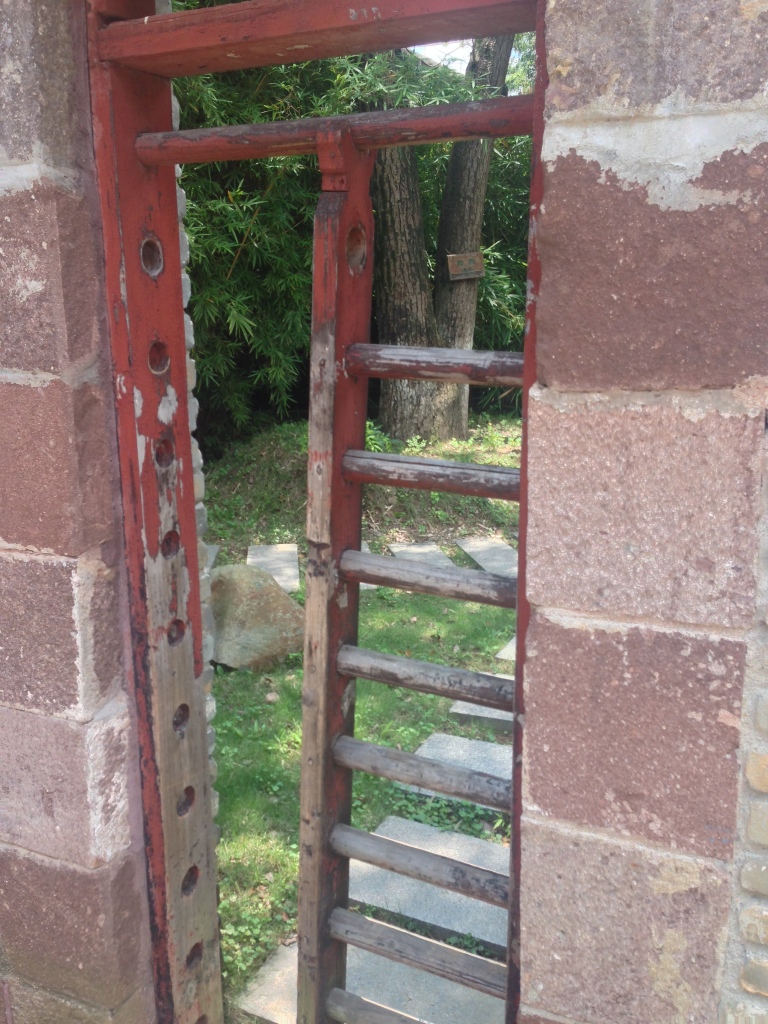
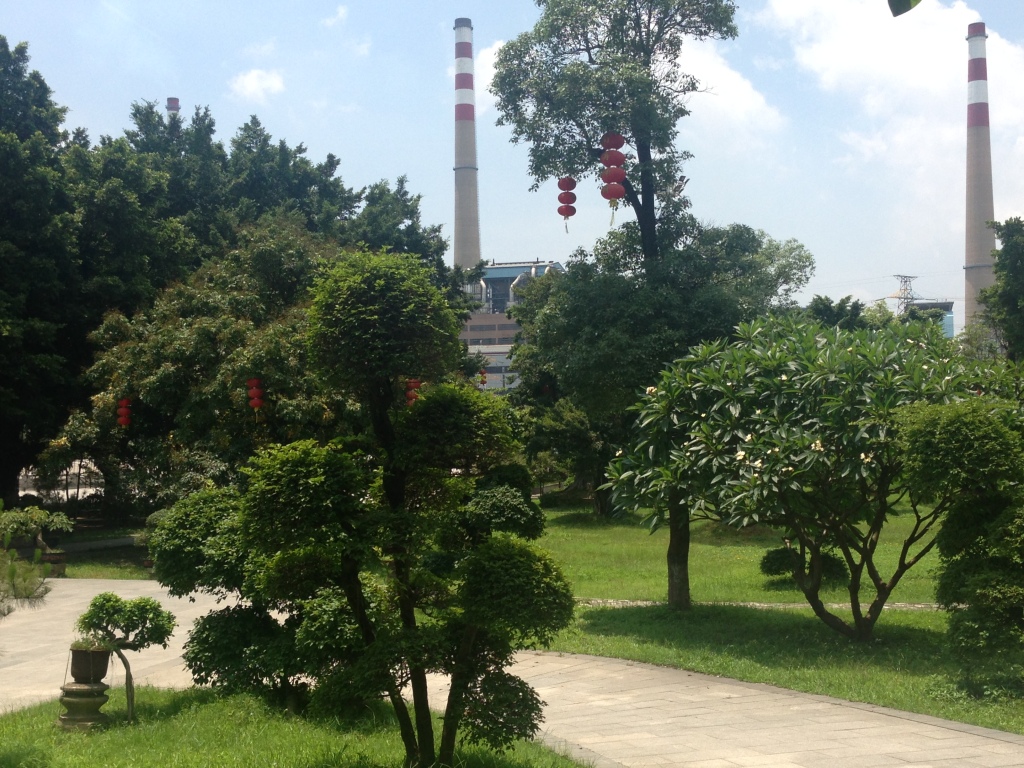
To one side of the NanHai God temple is a large garden. There are a few features here, including a wall made of oyster shells, some brick carvings and some chicken statues. It seemed like a nice place to relax for a while, but we had people to meet for dinner so had to be on our way.
